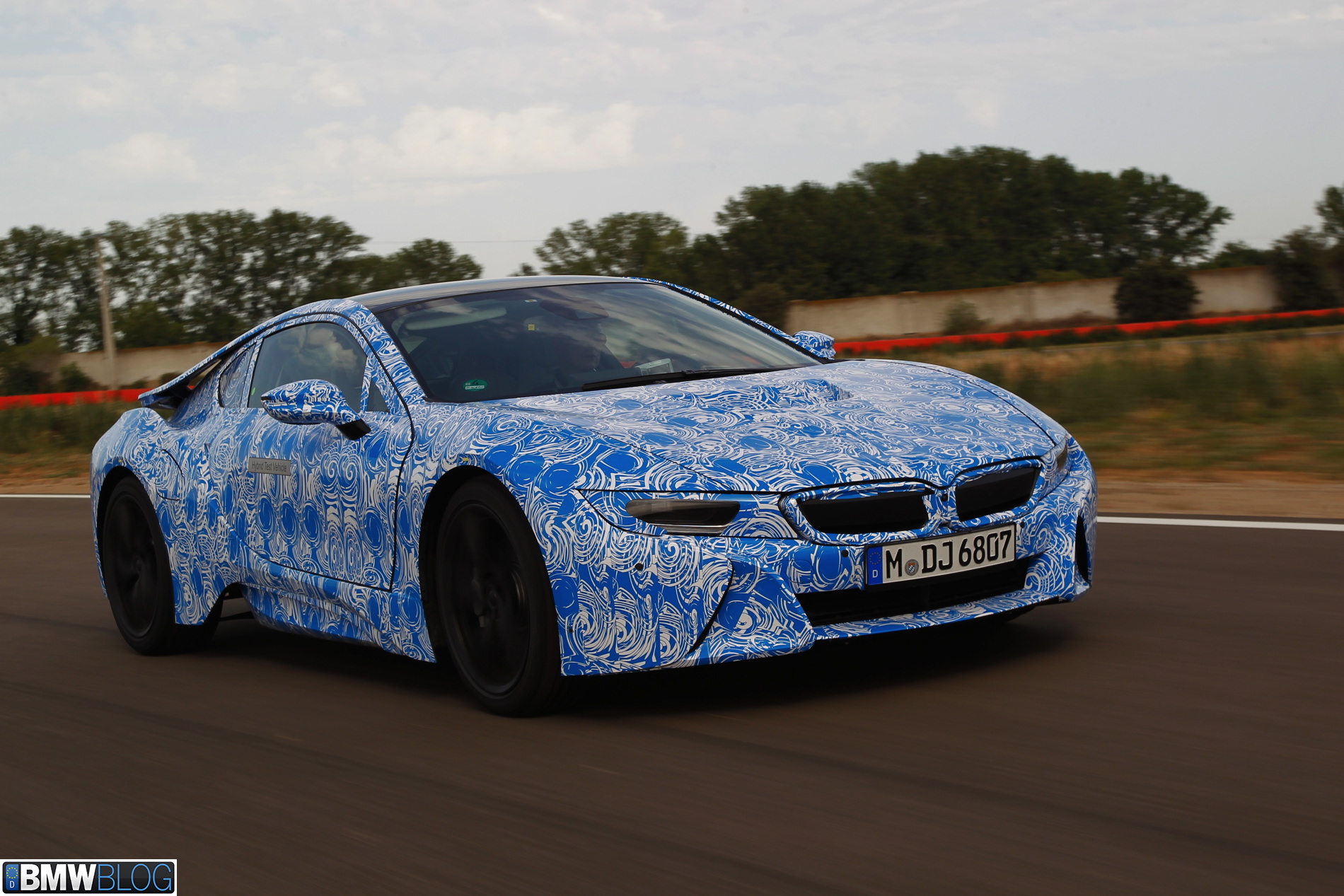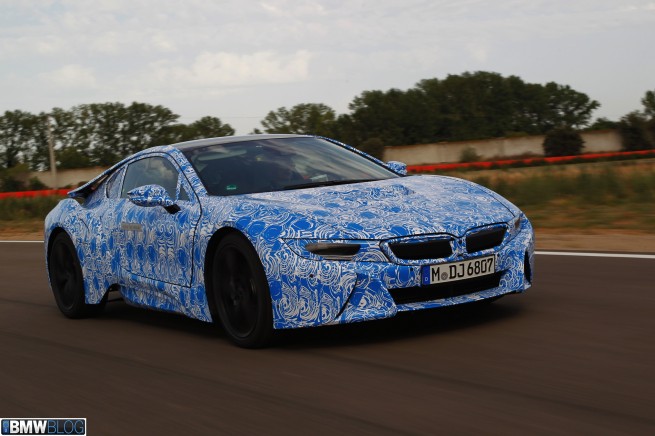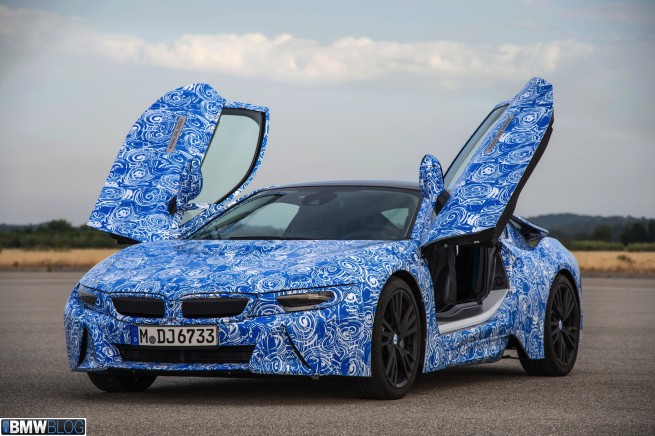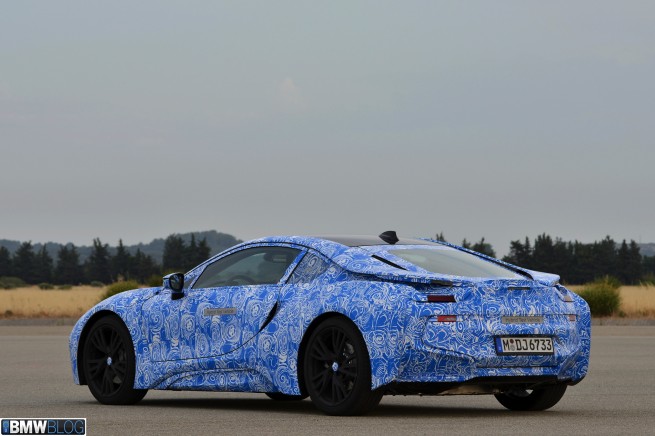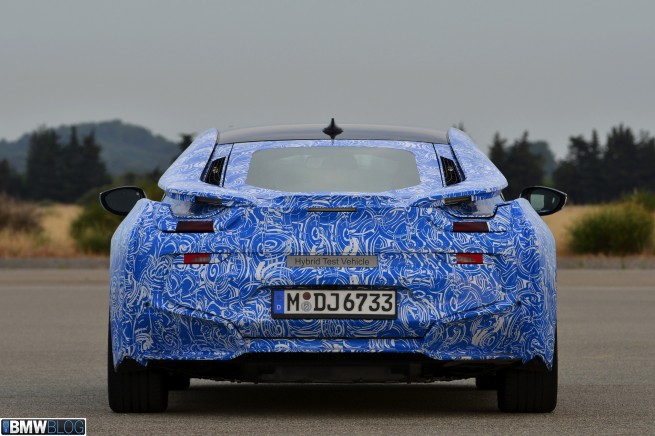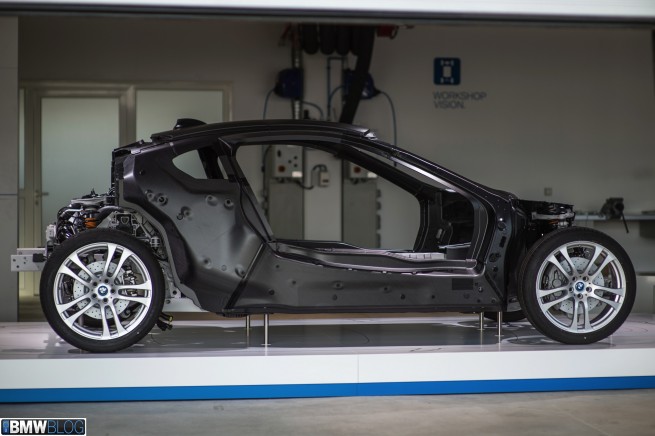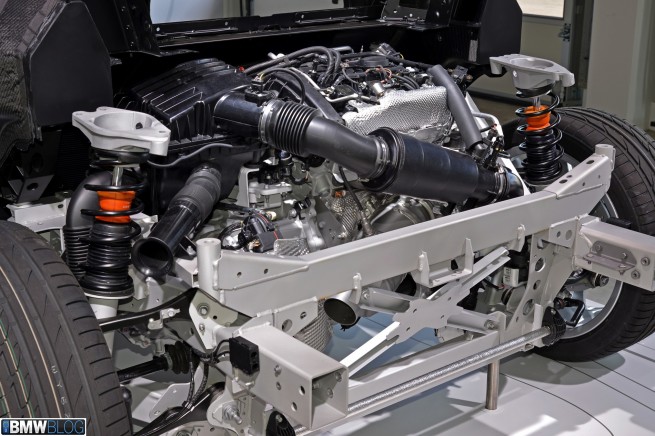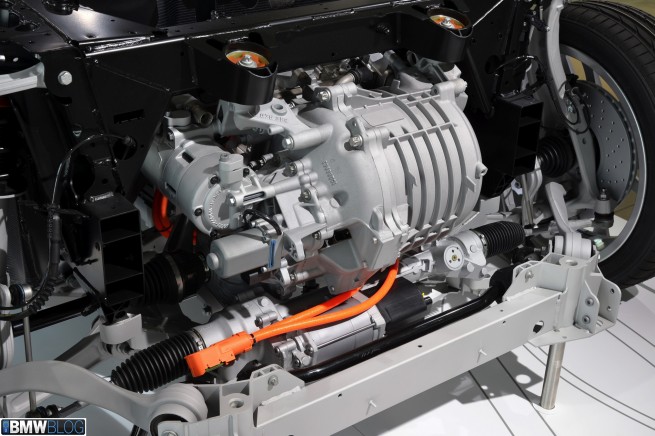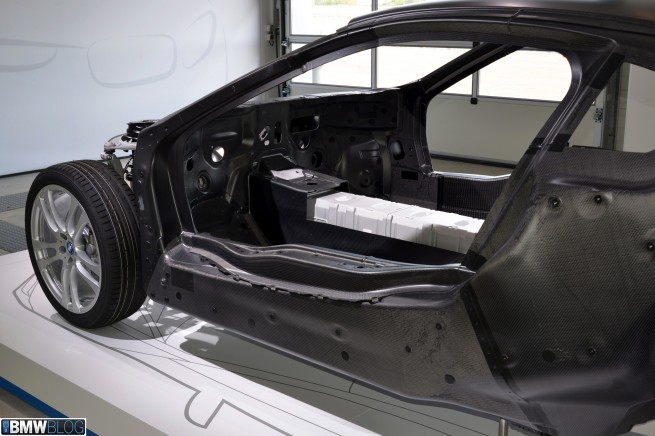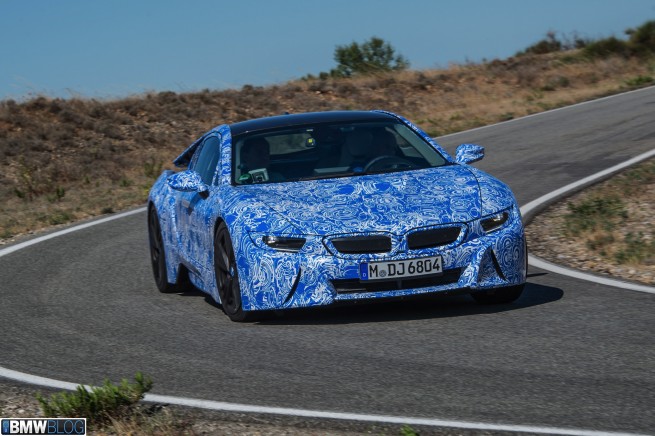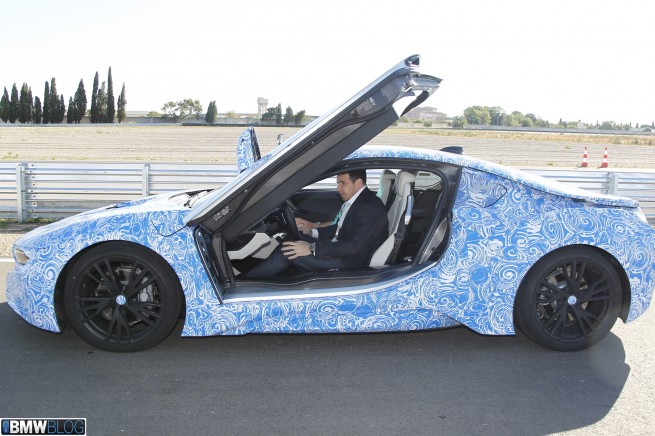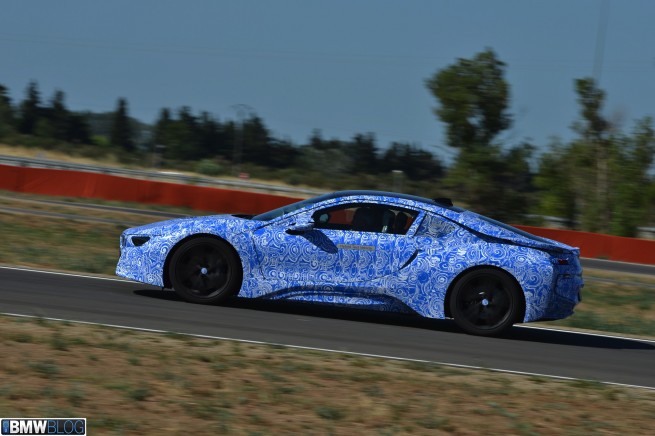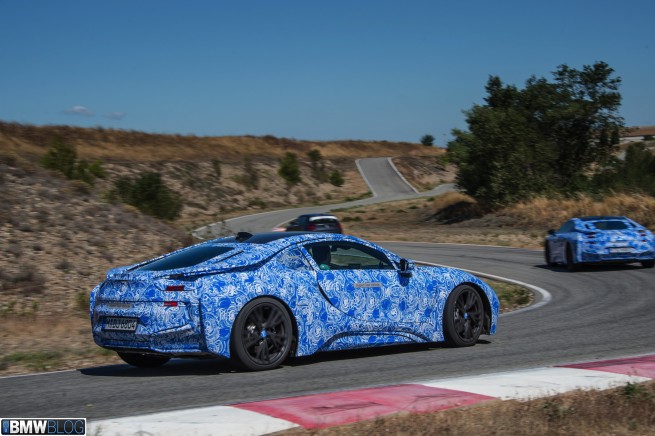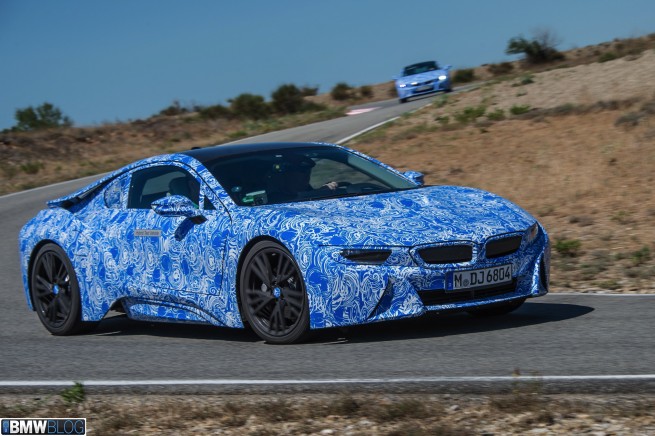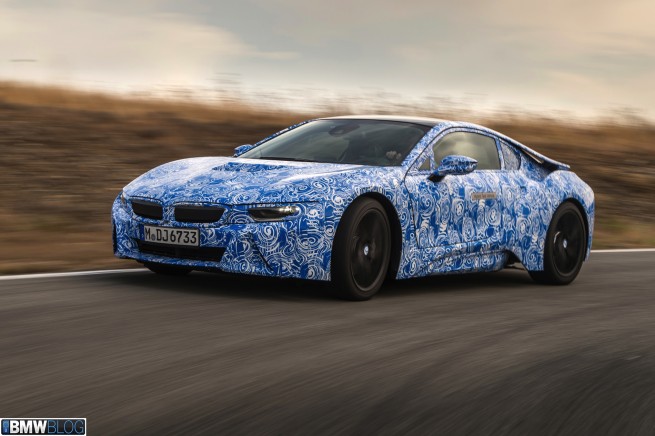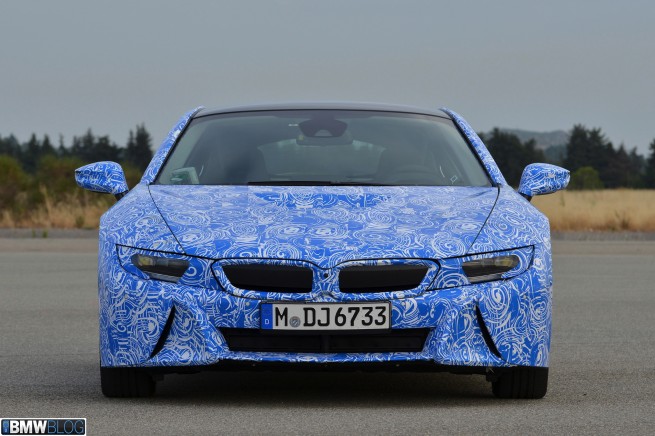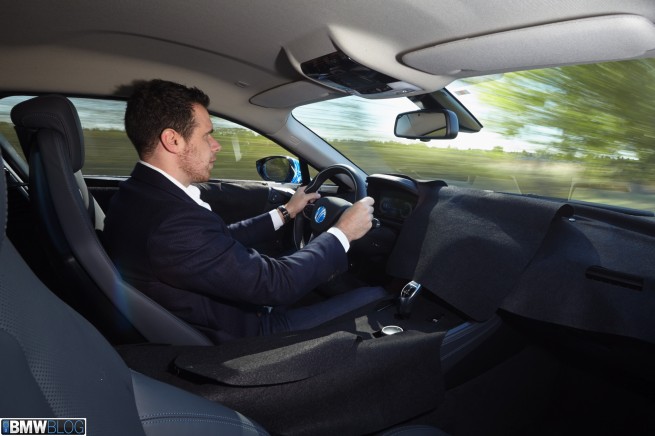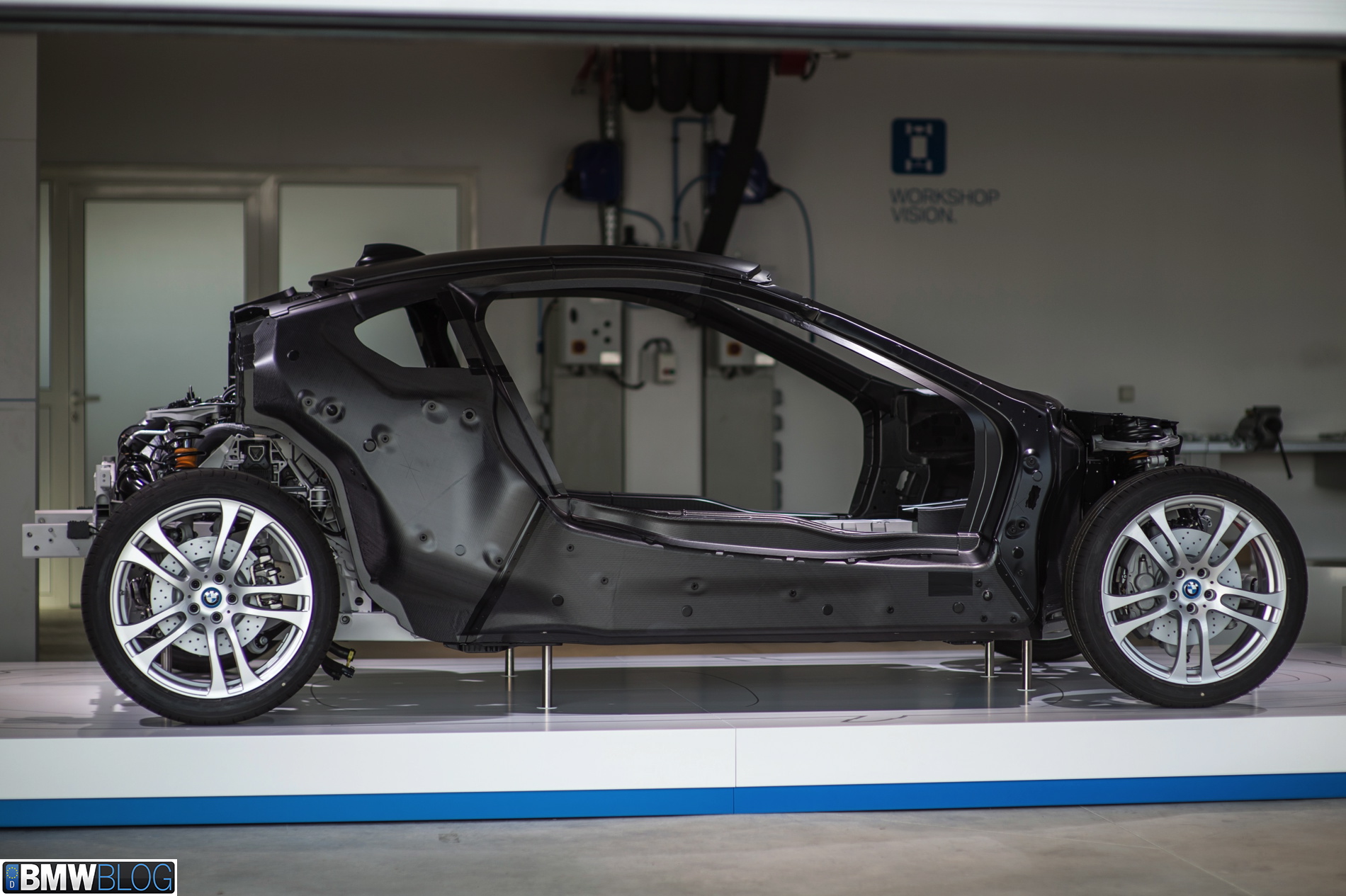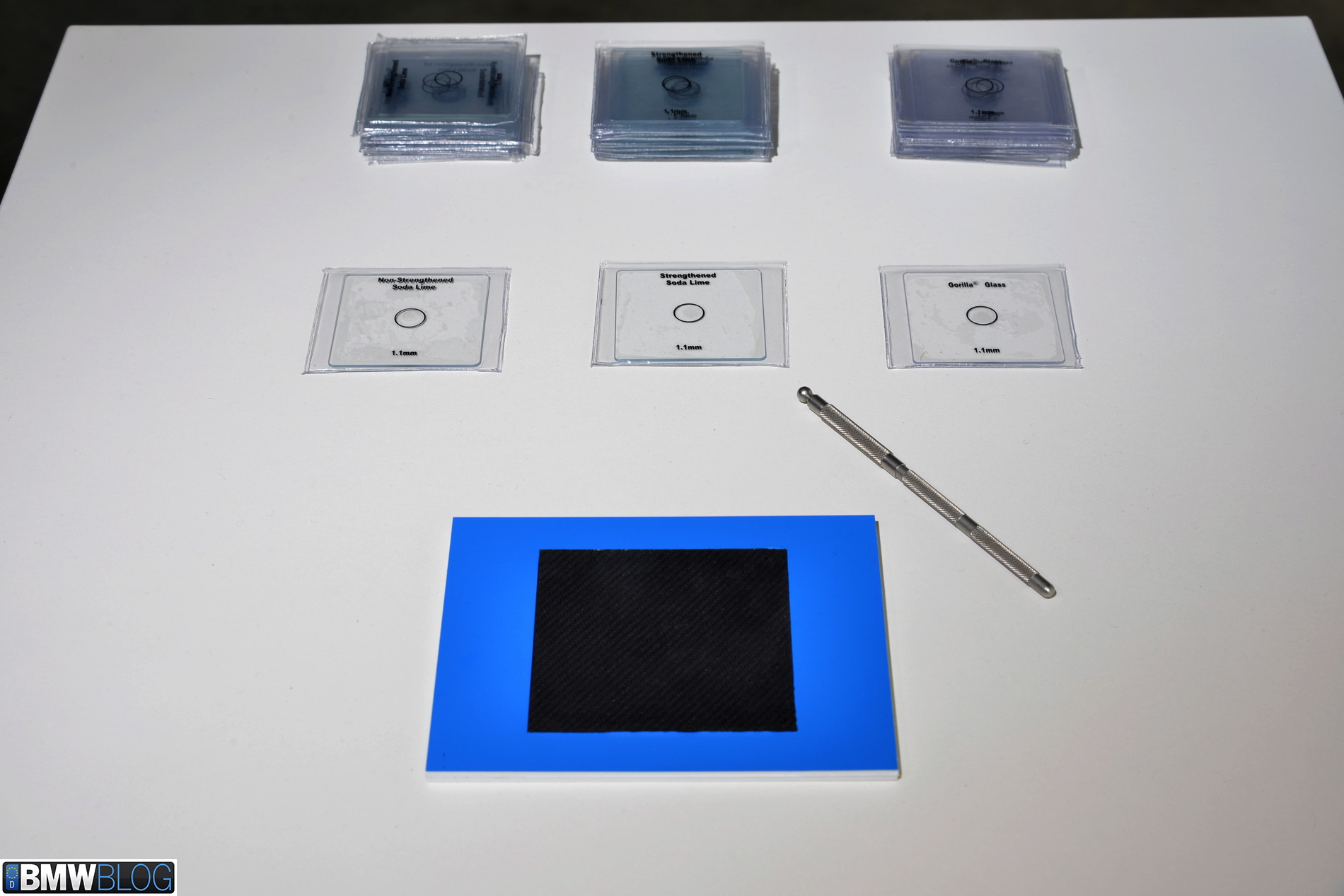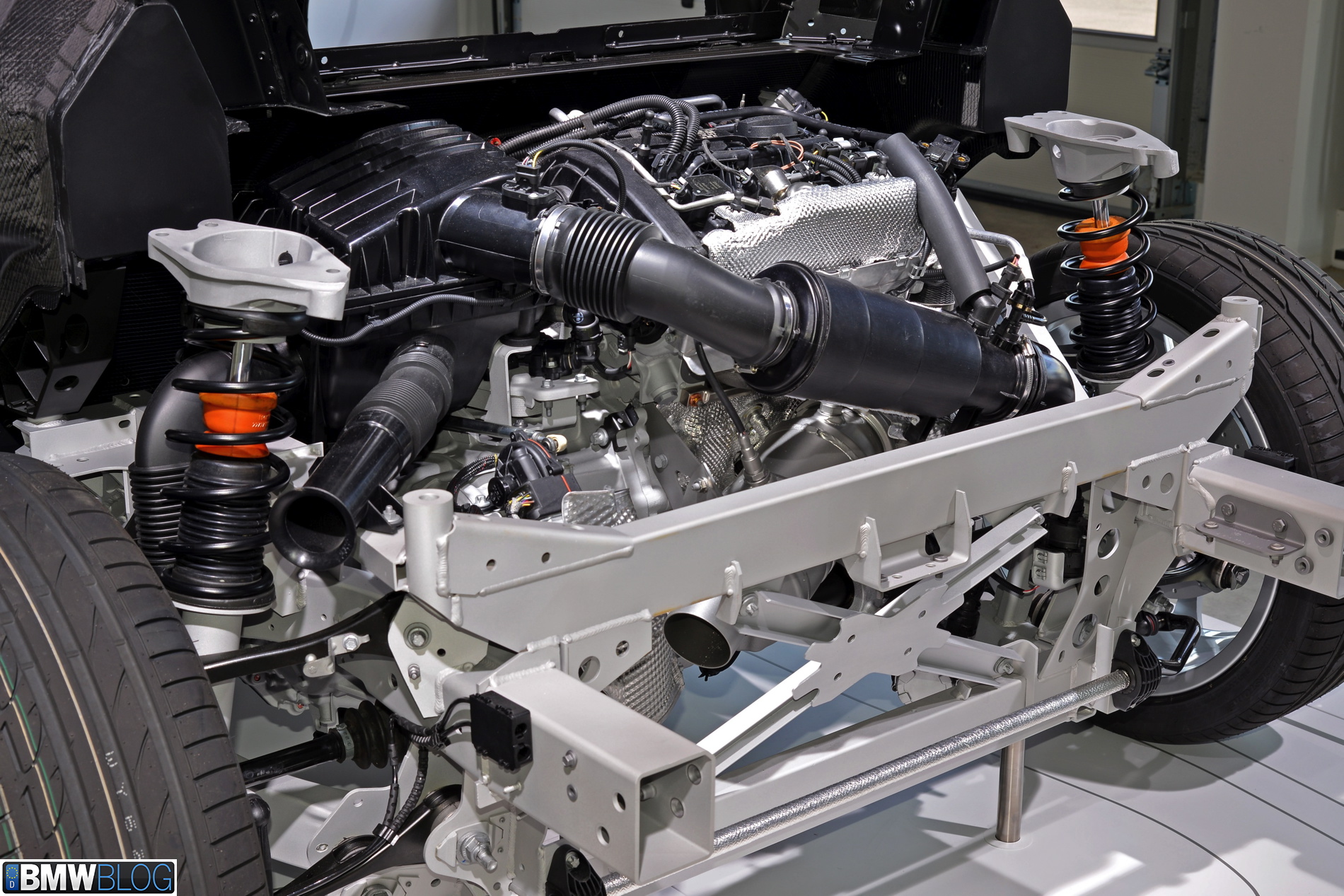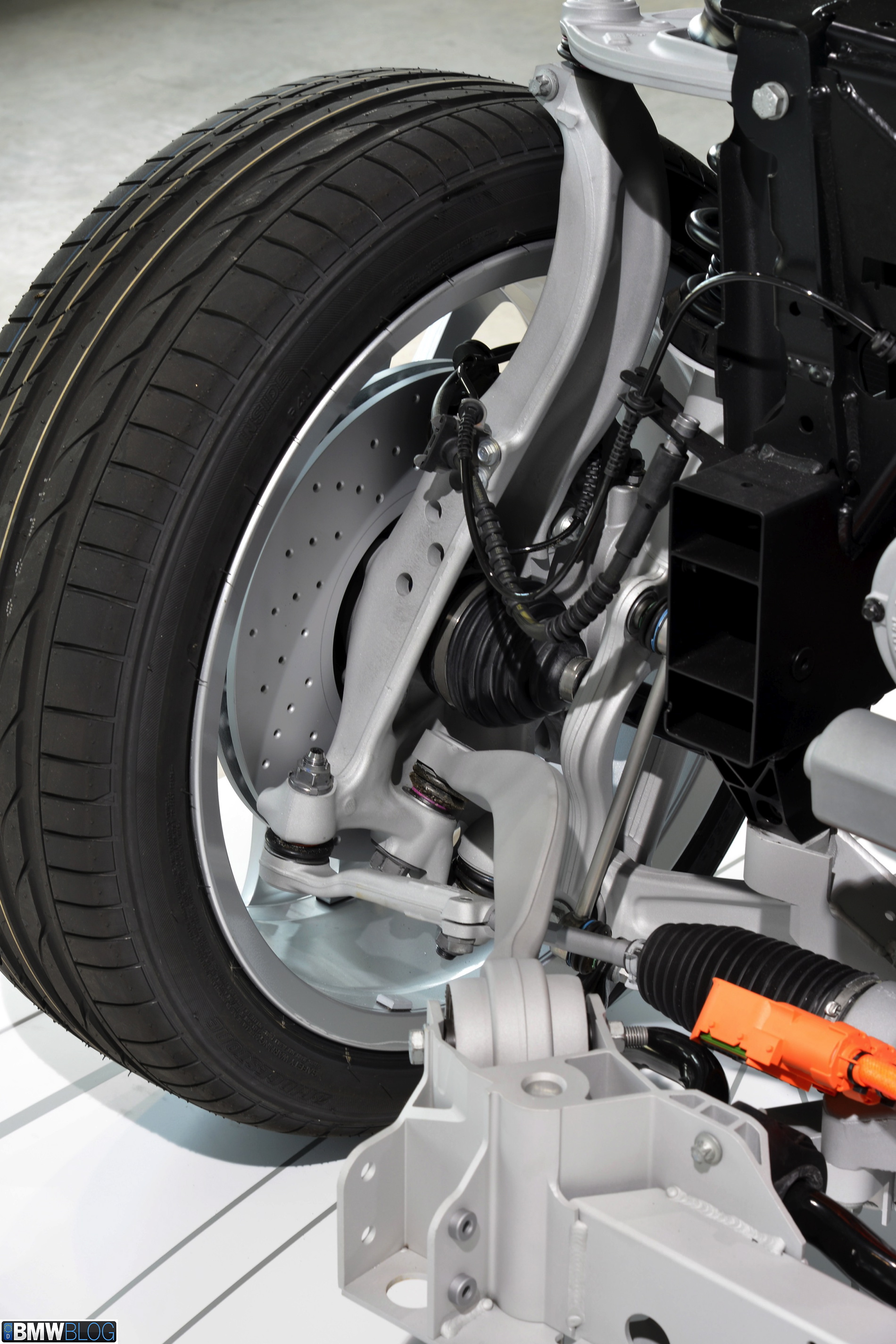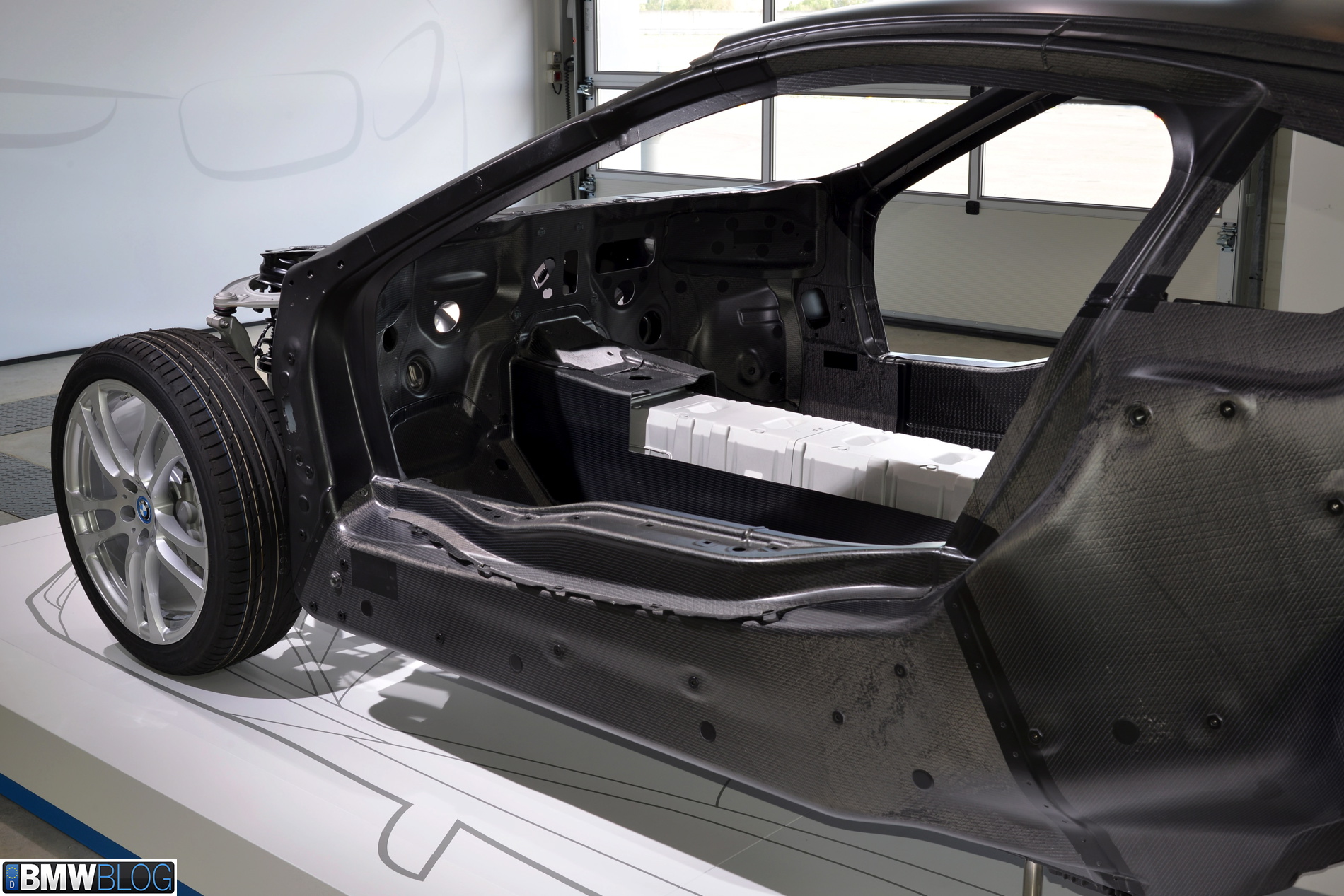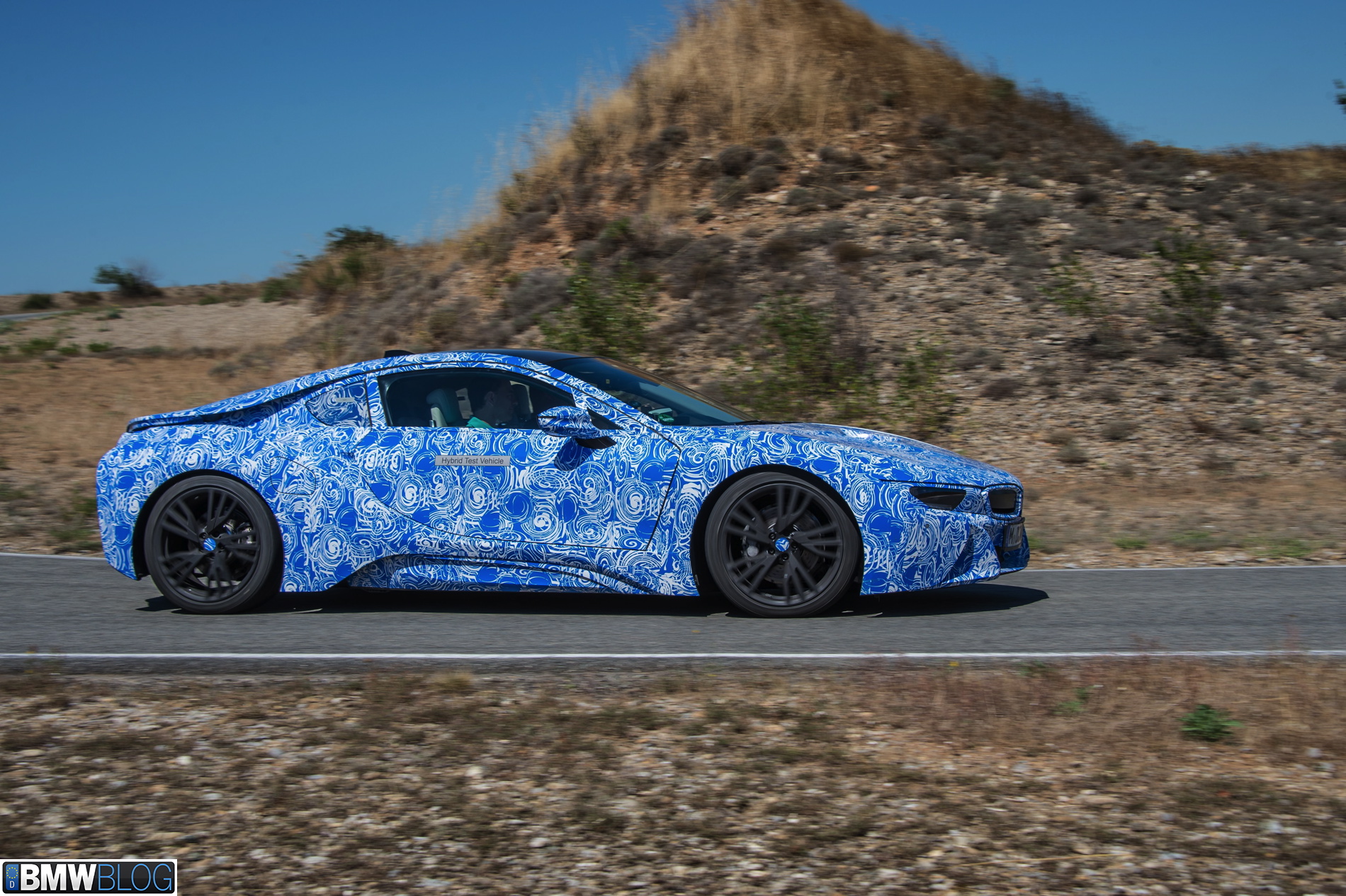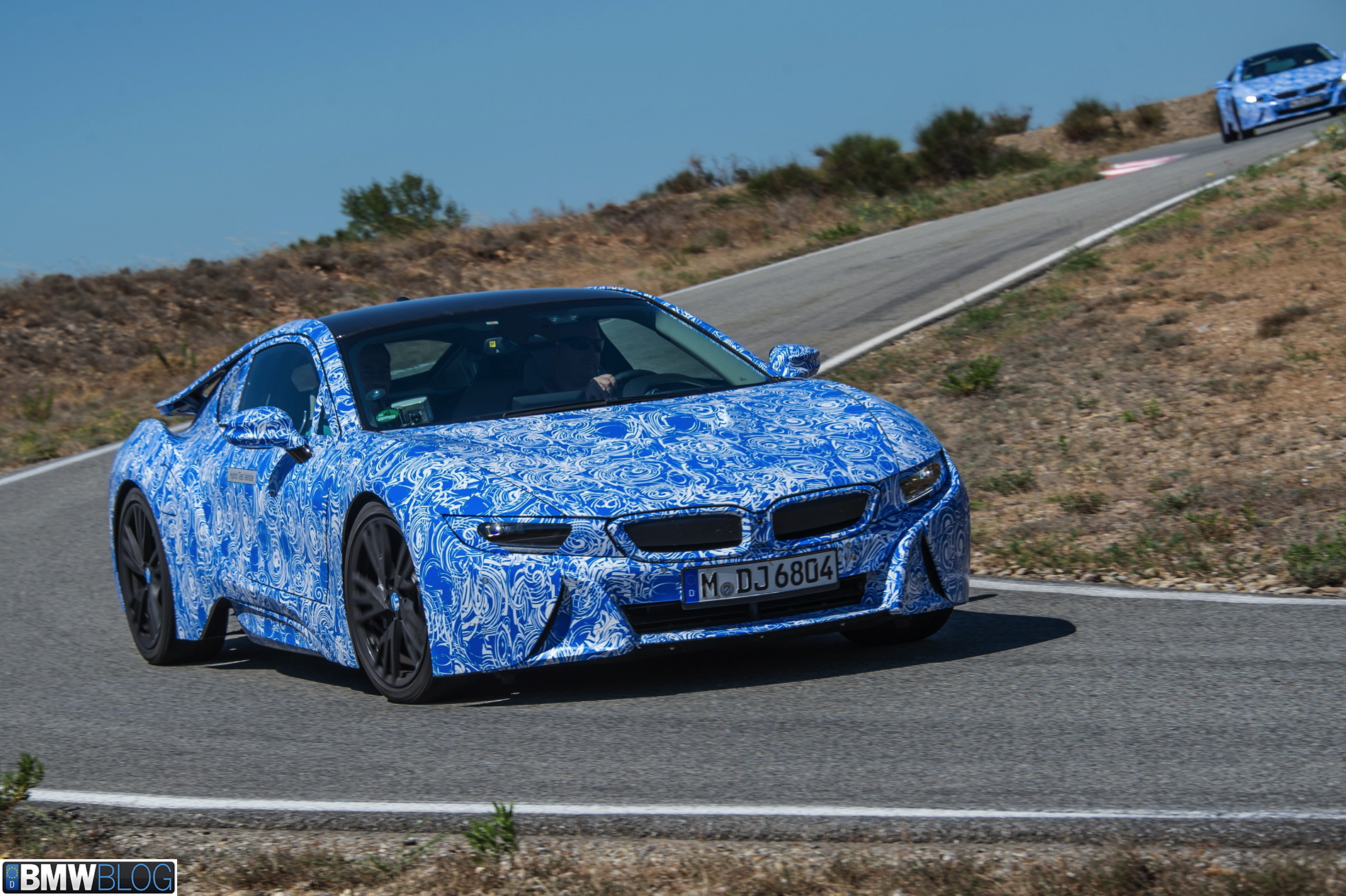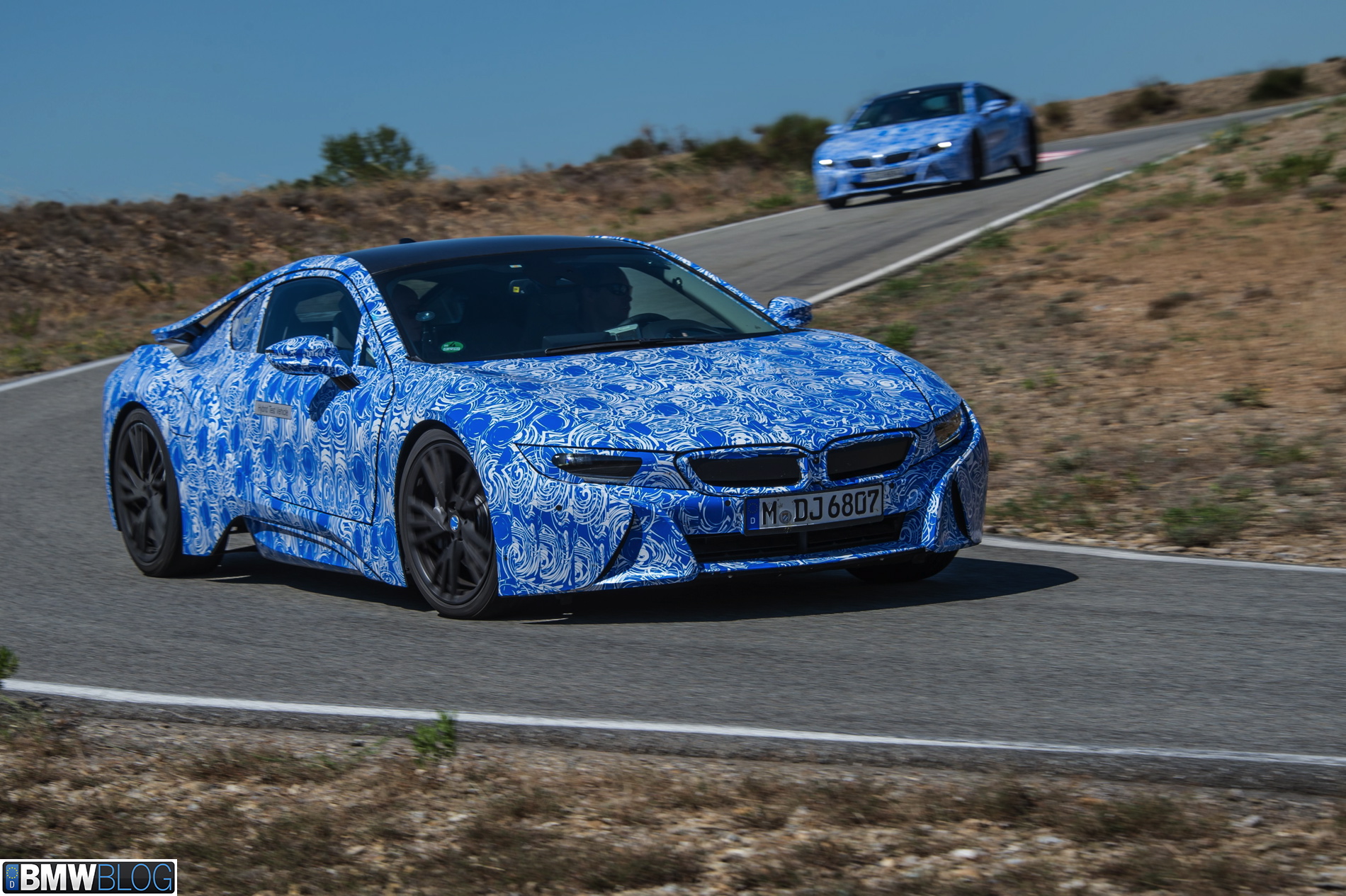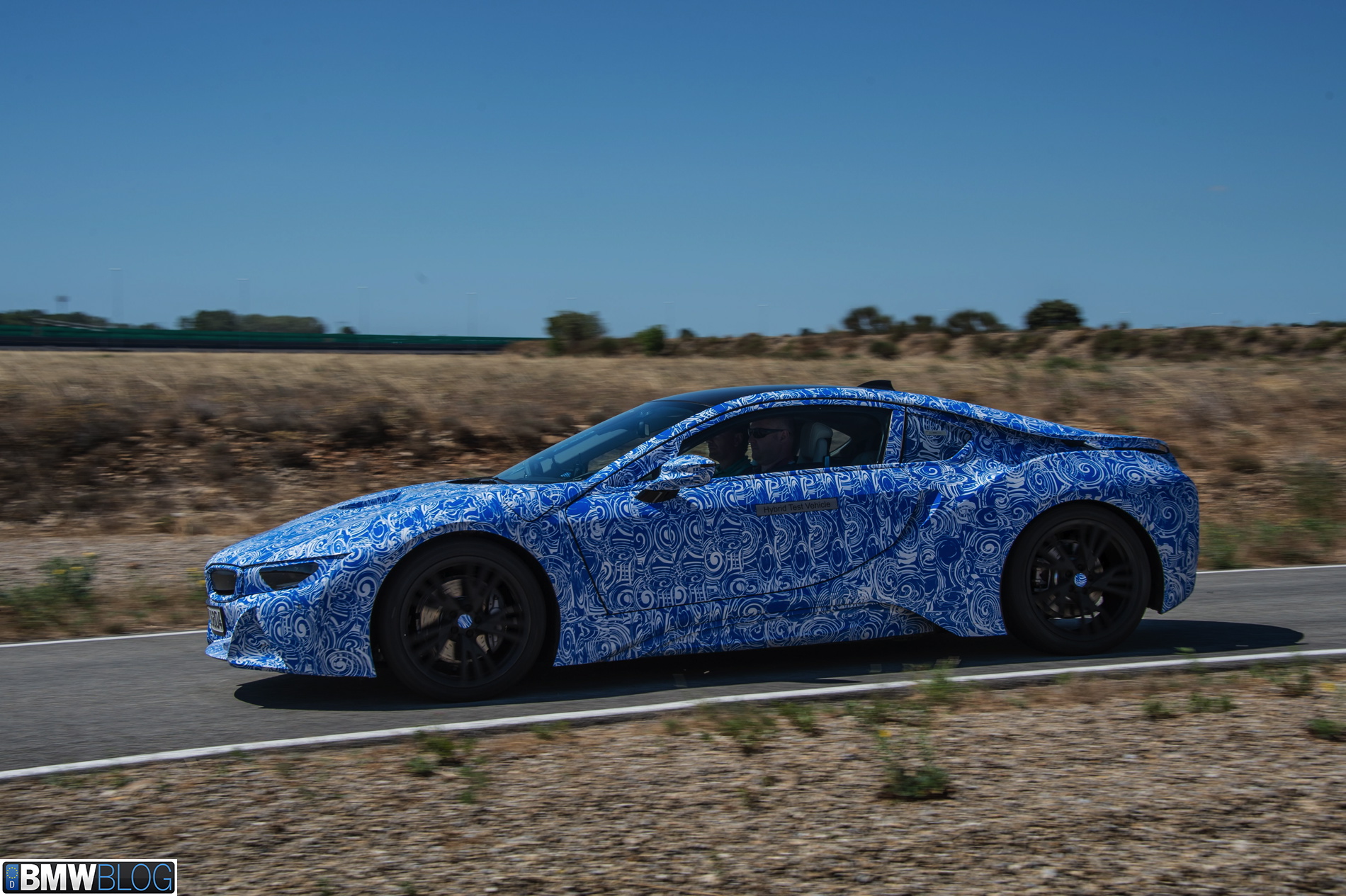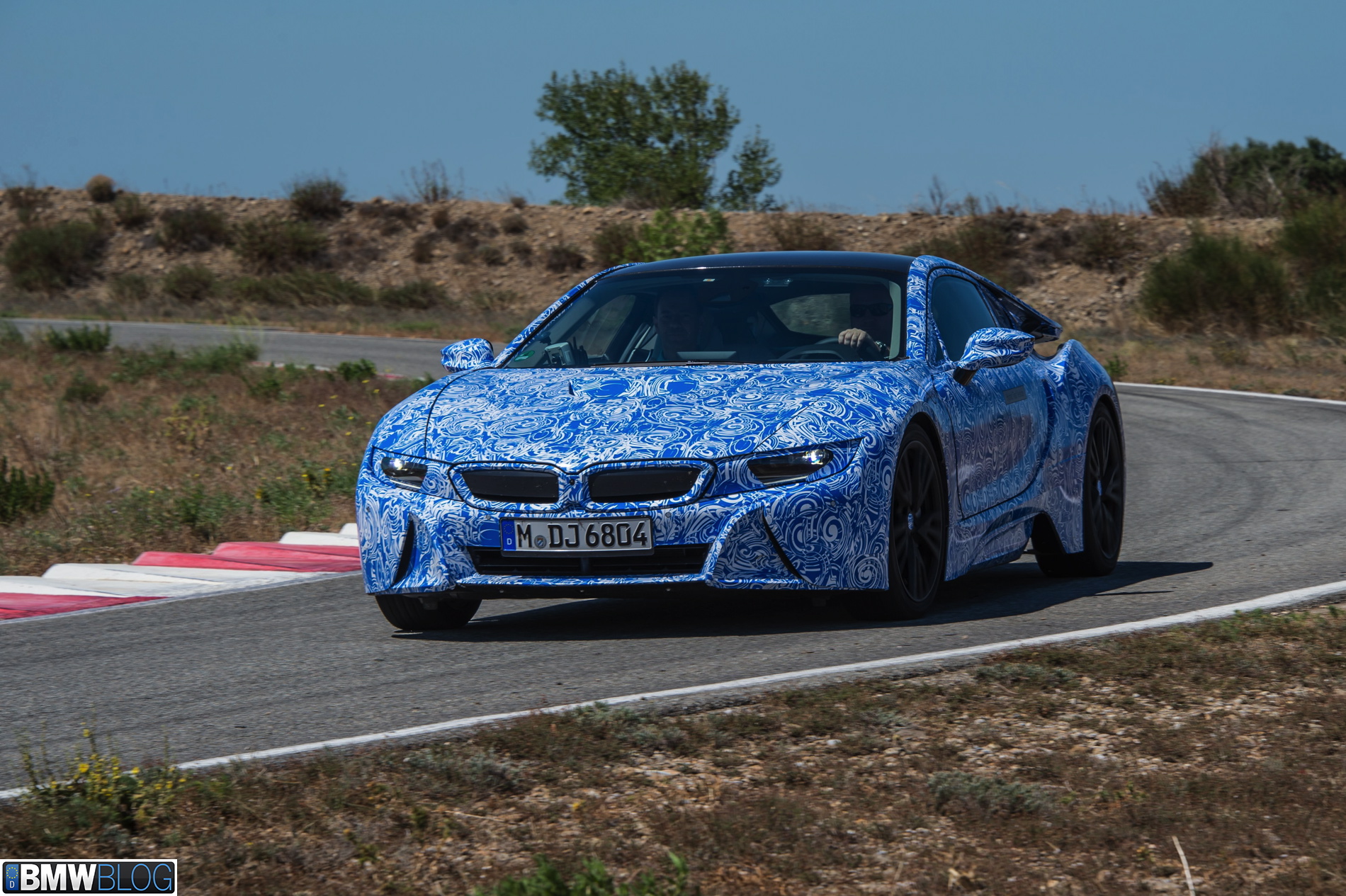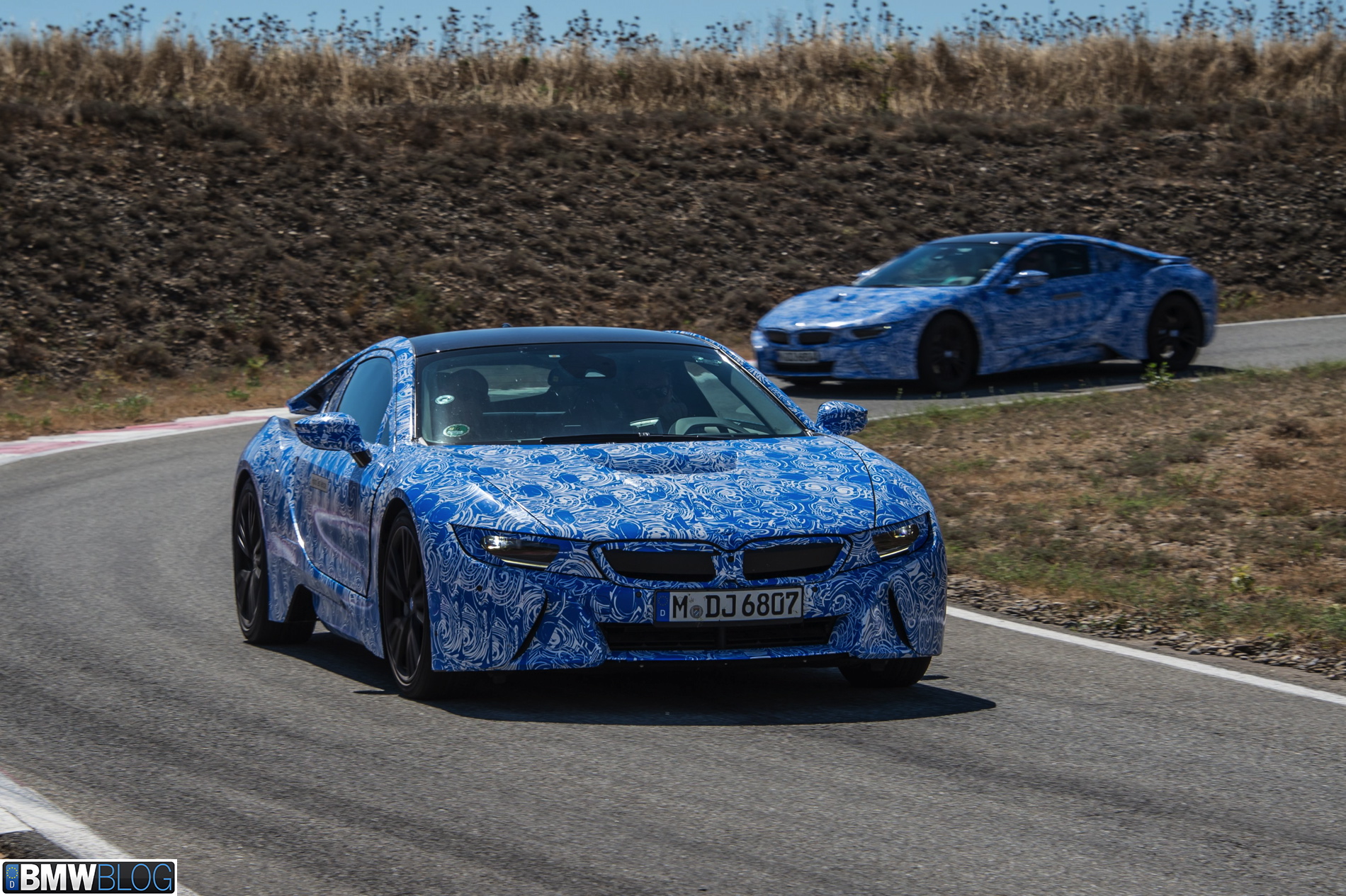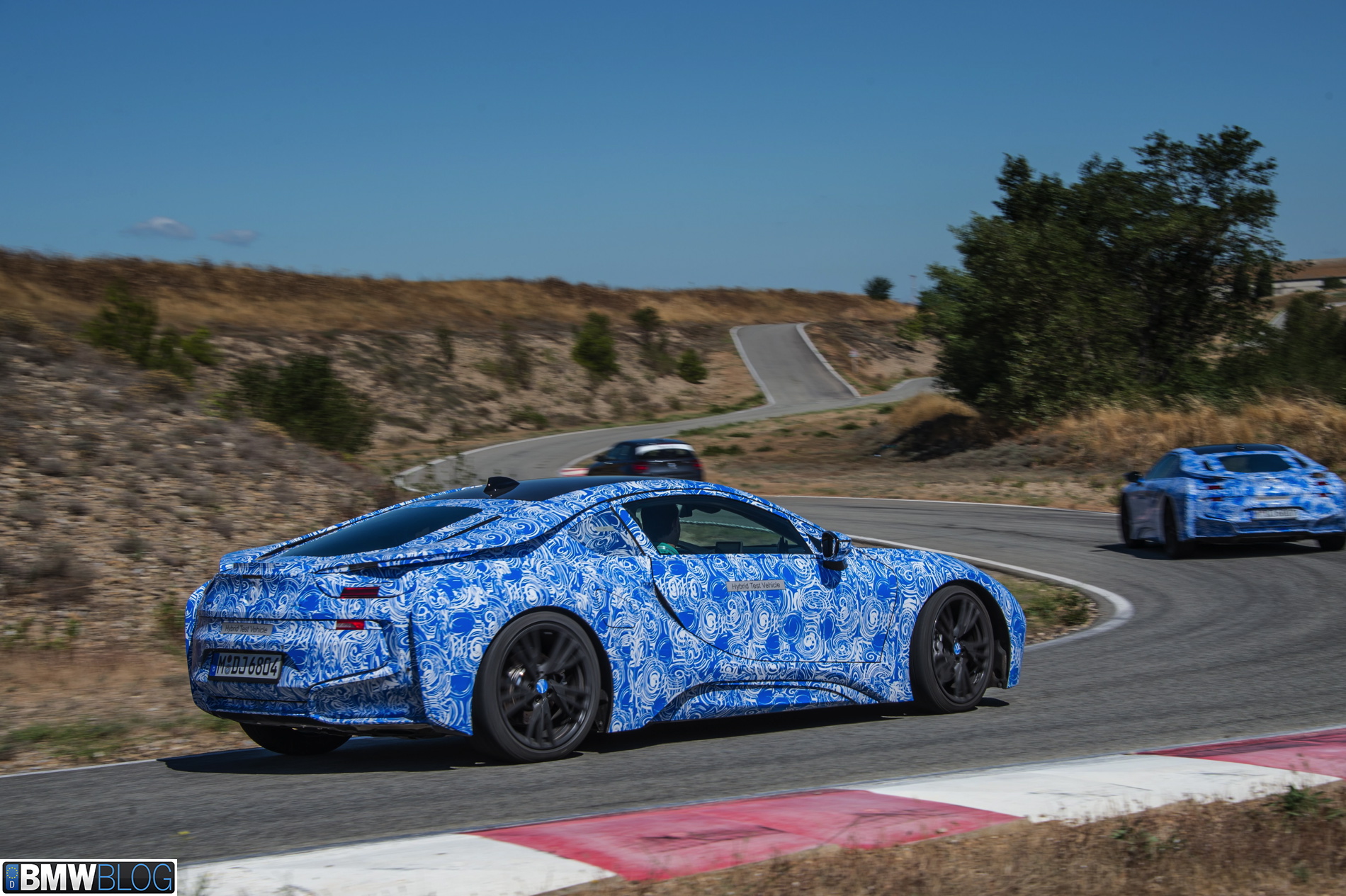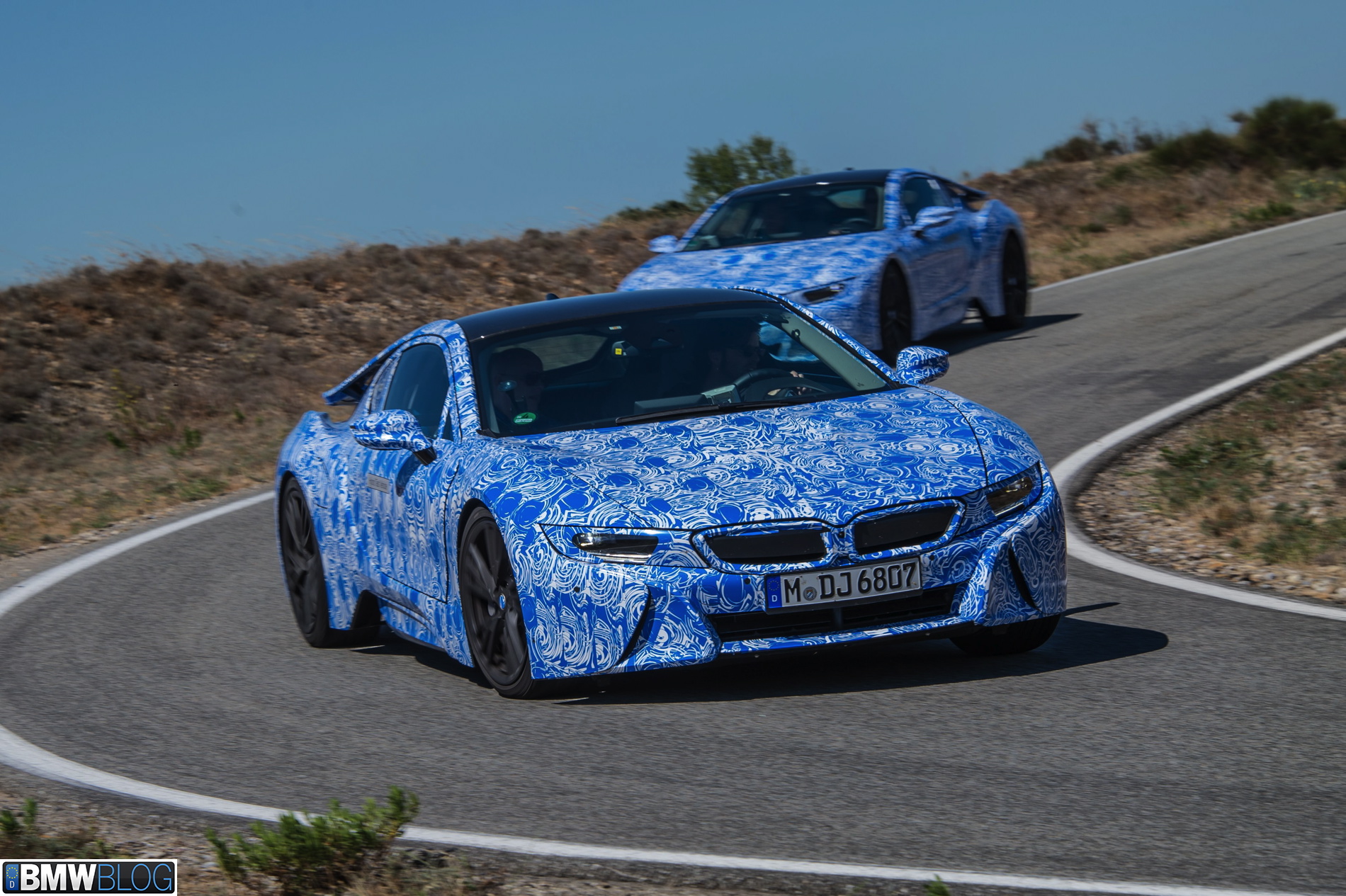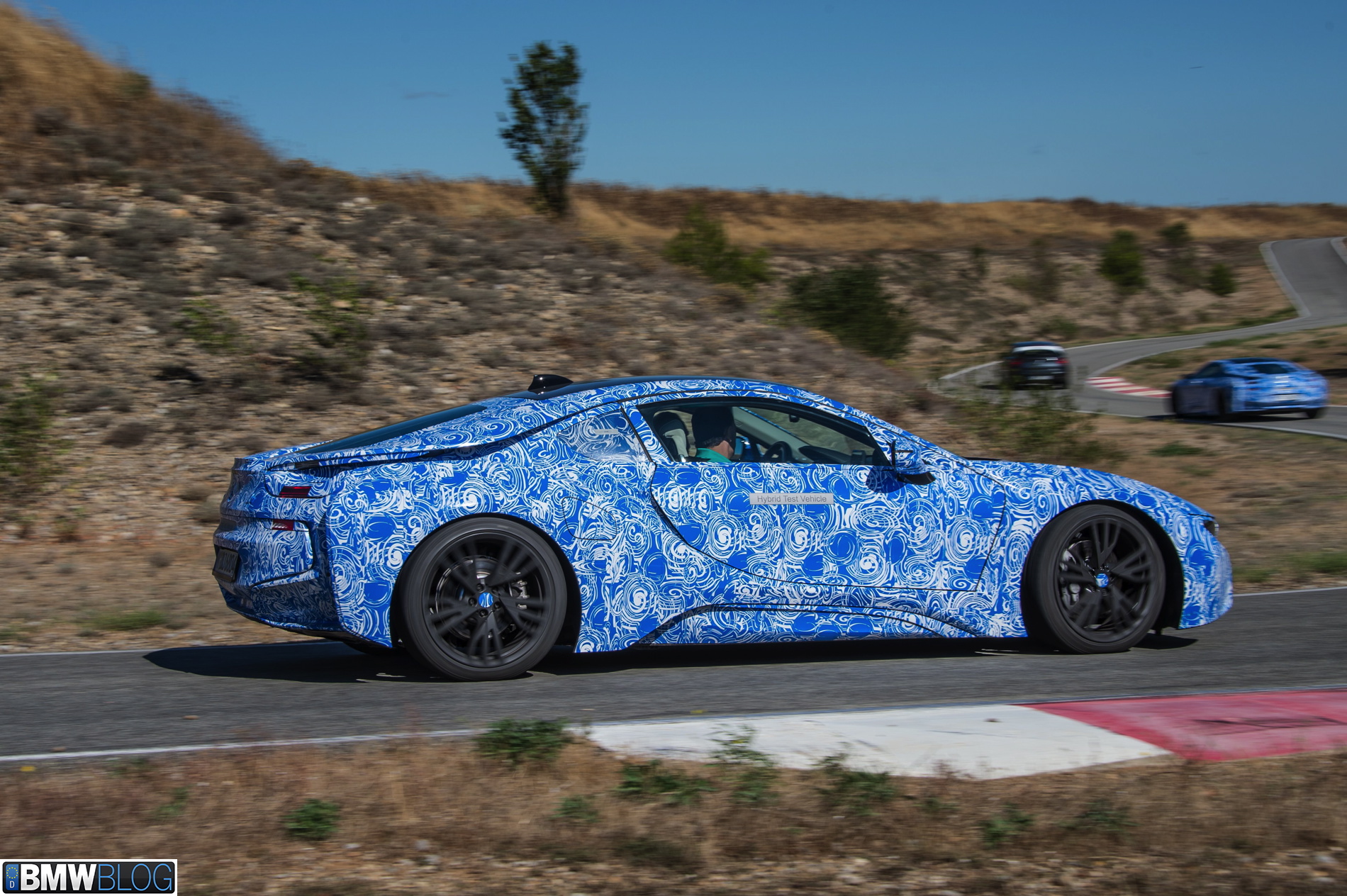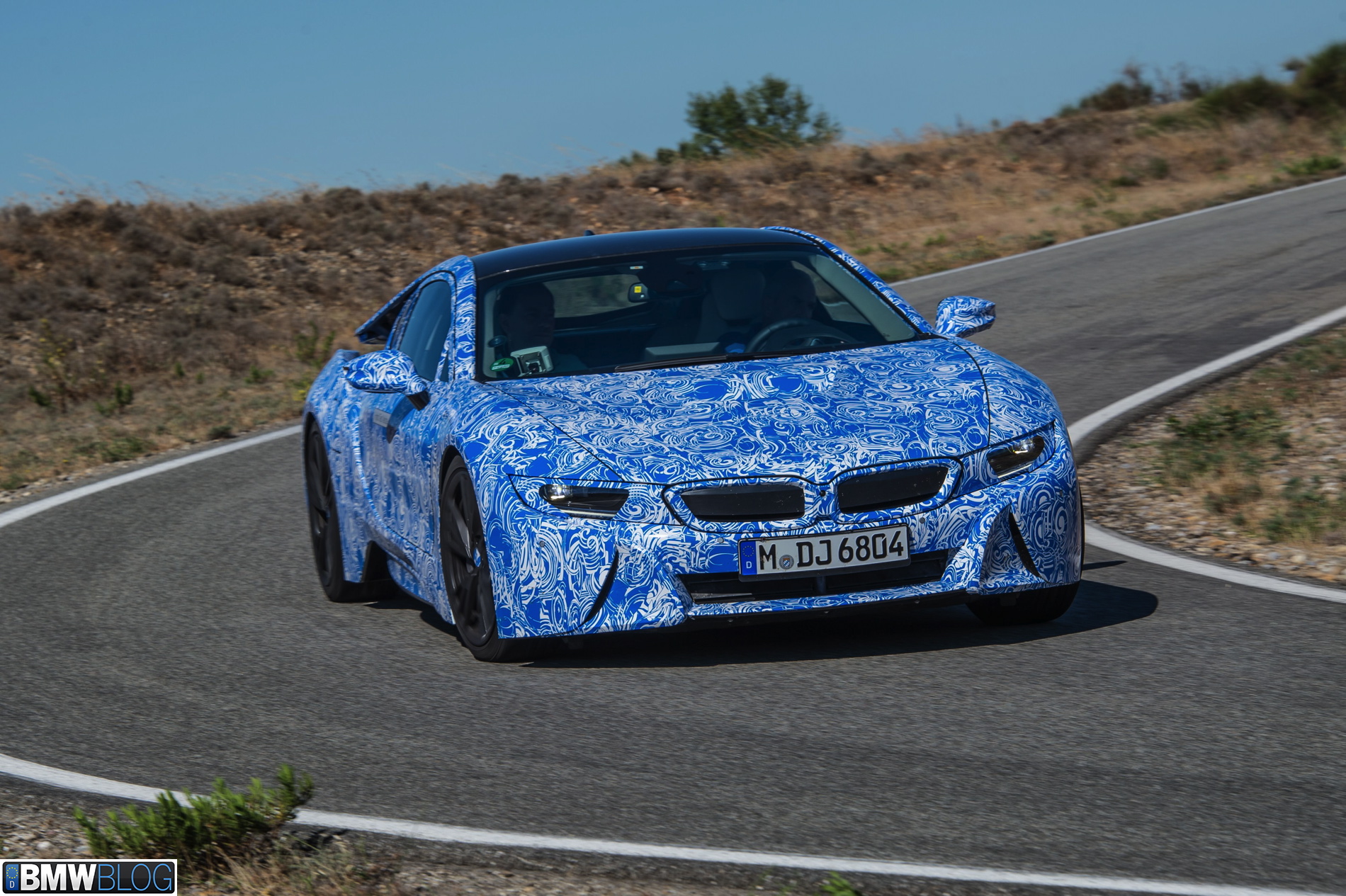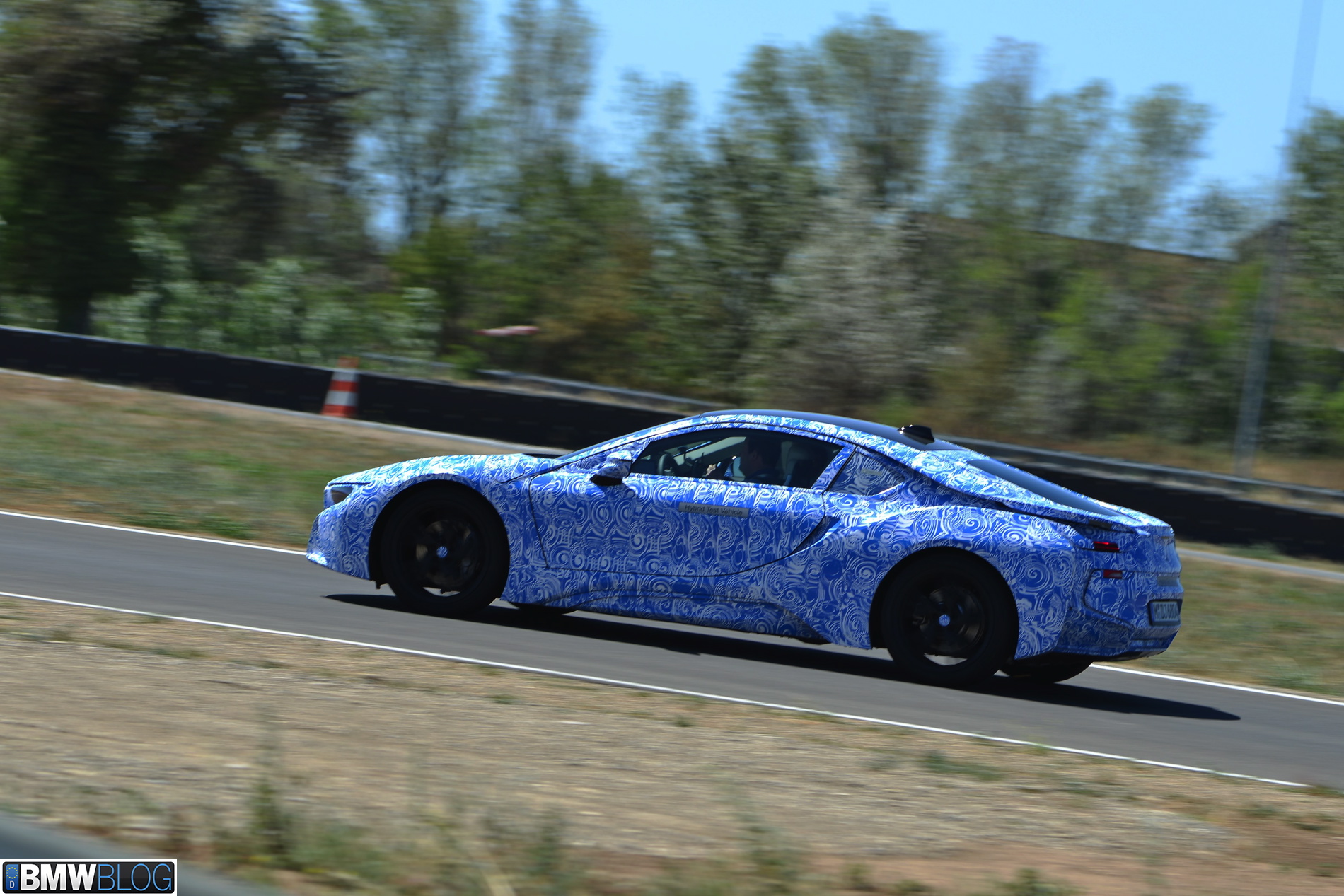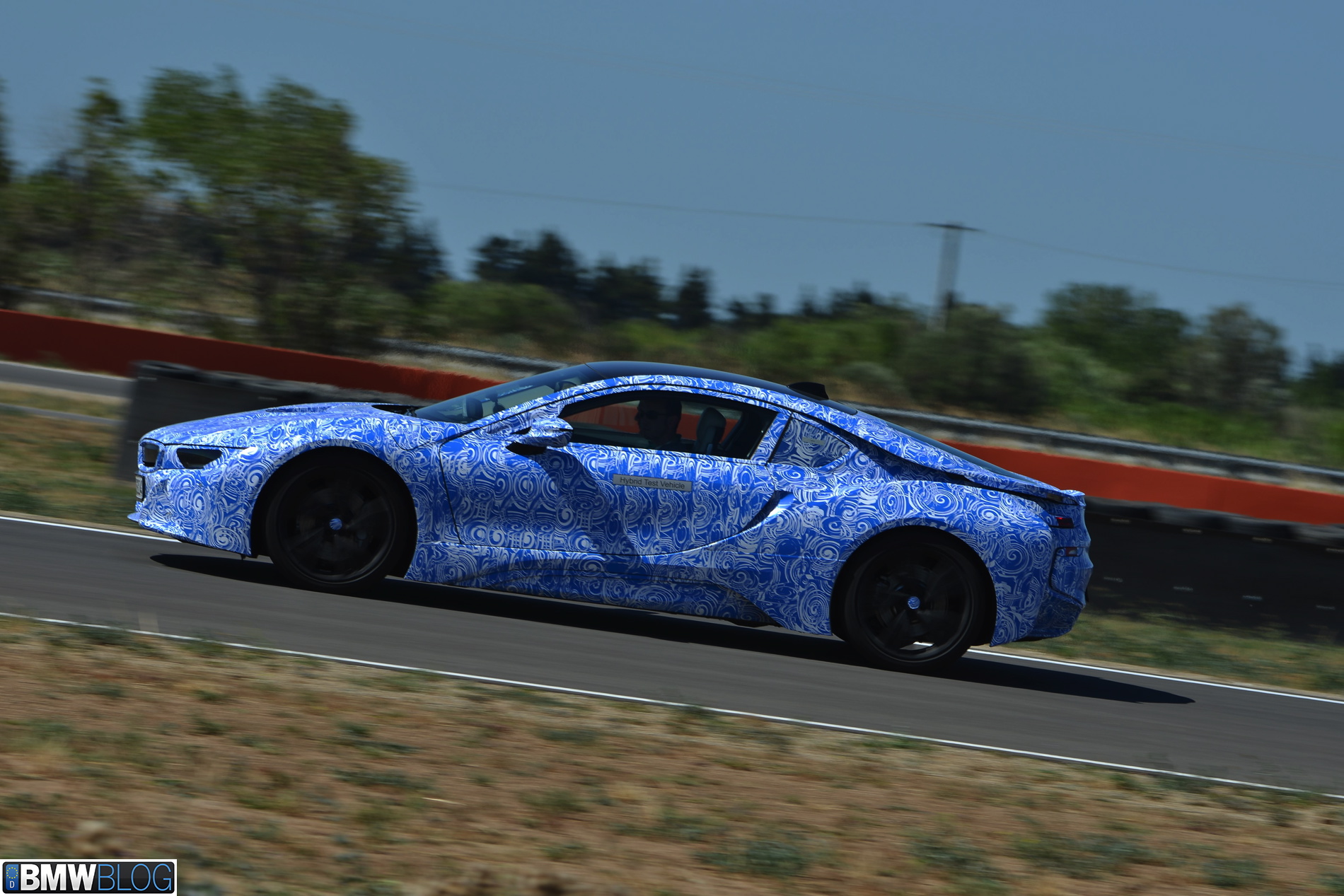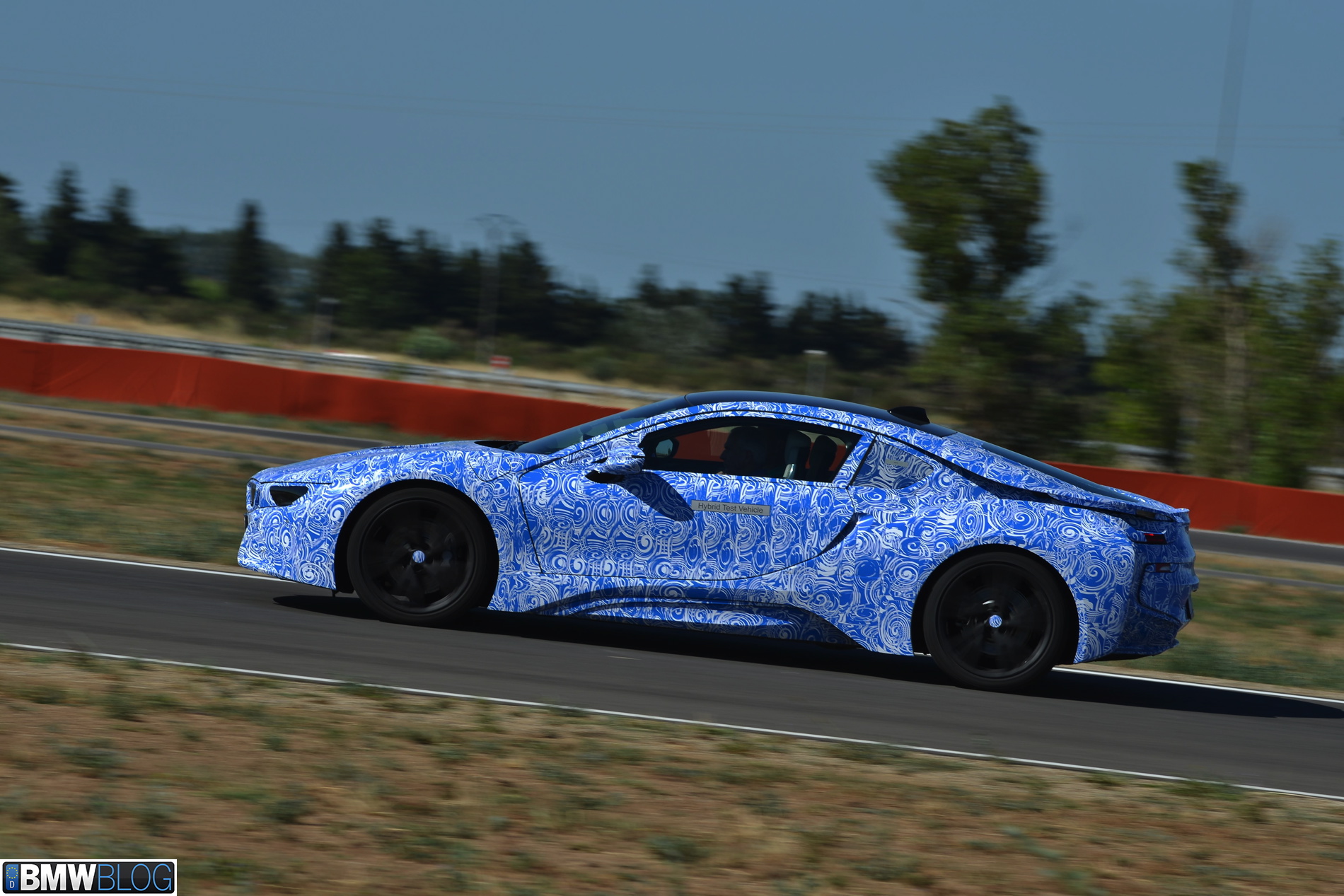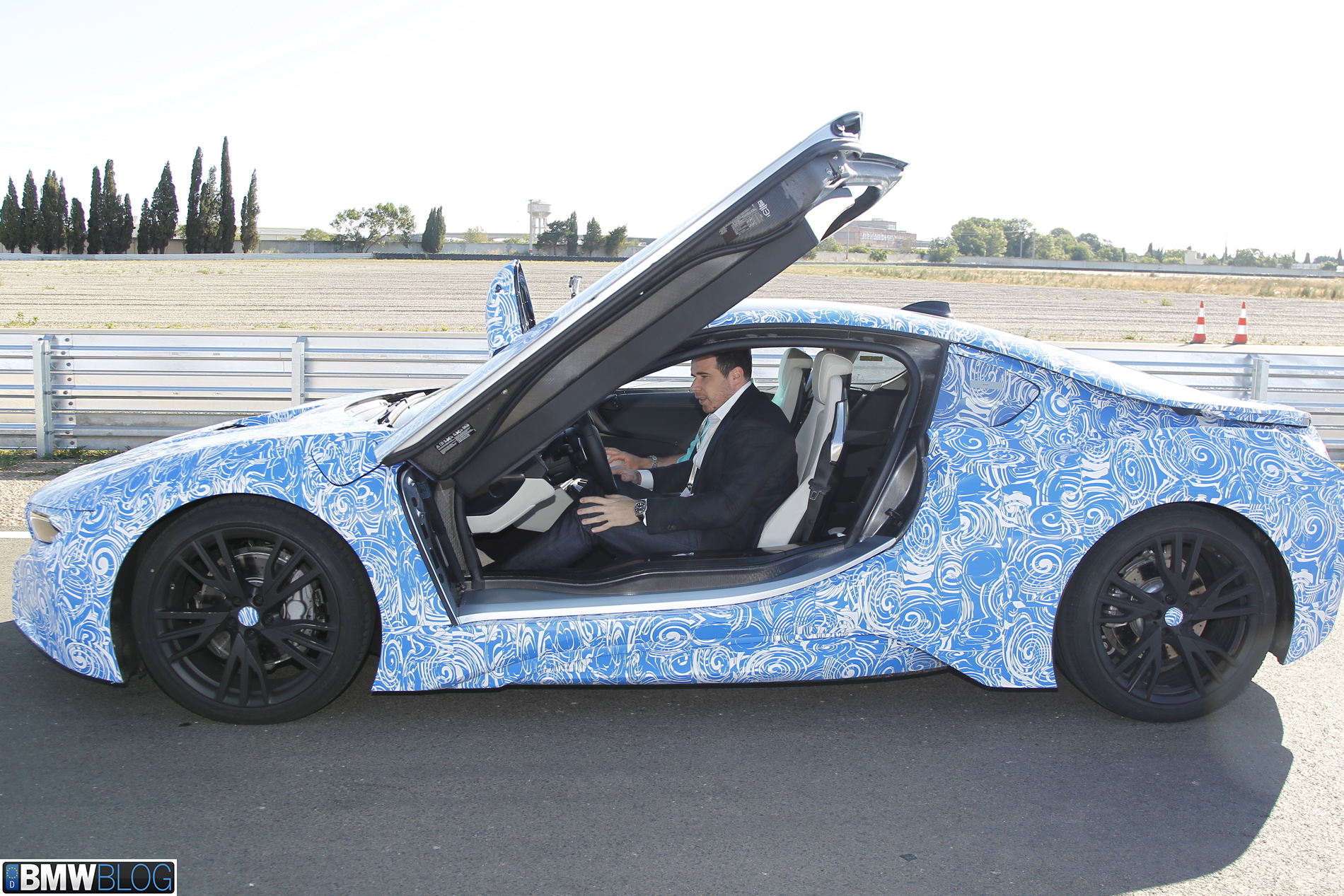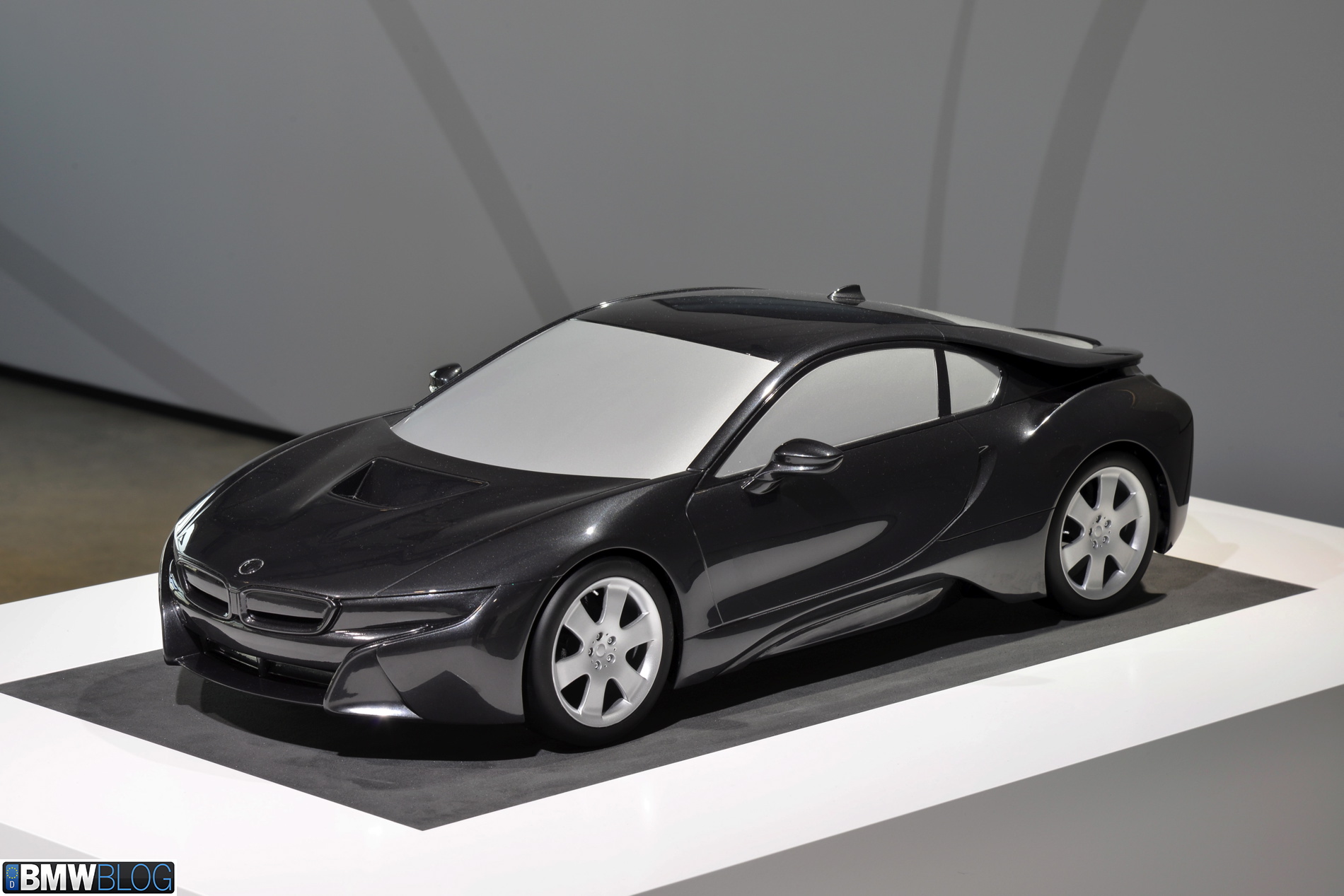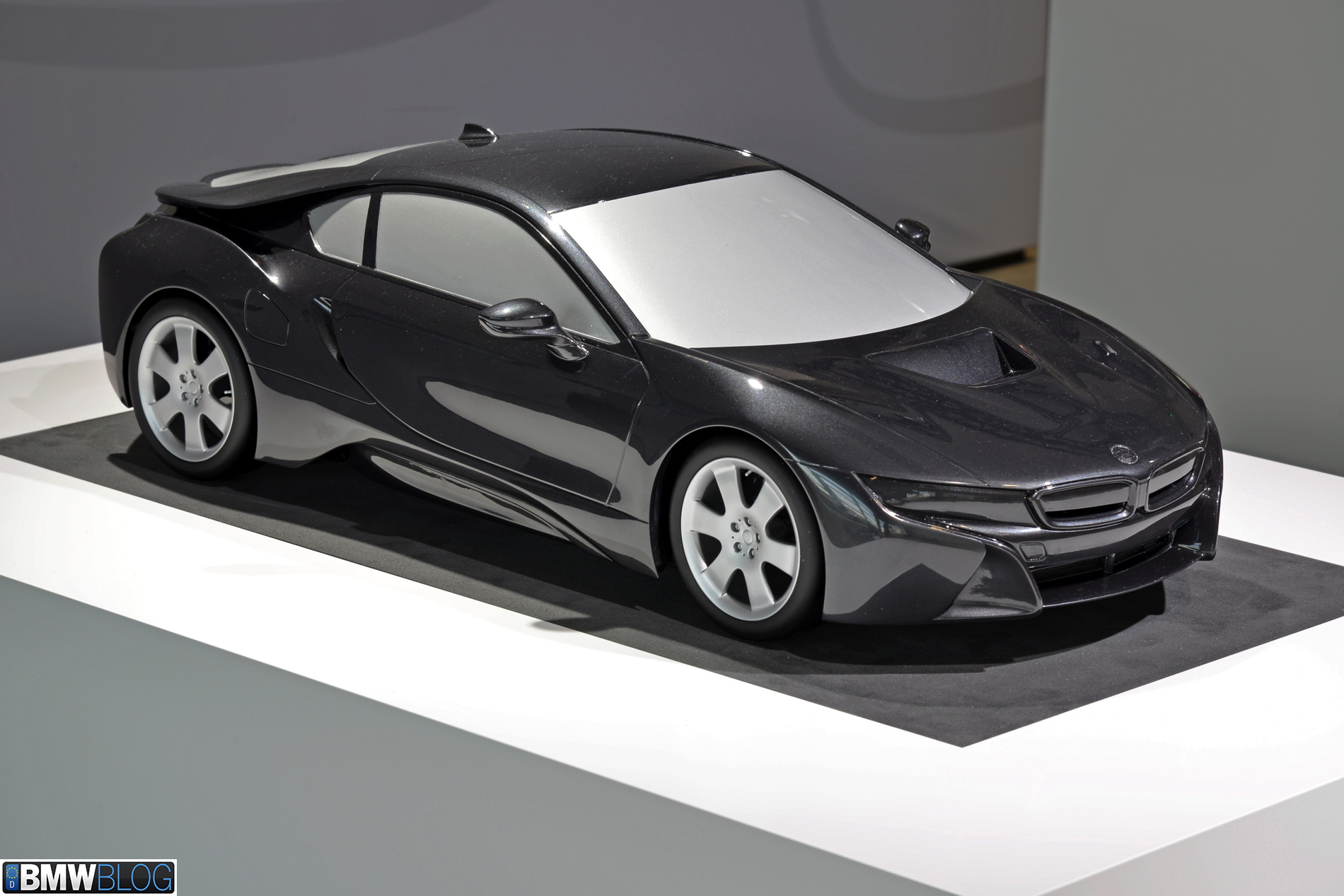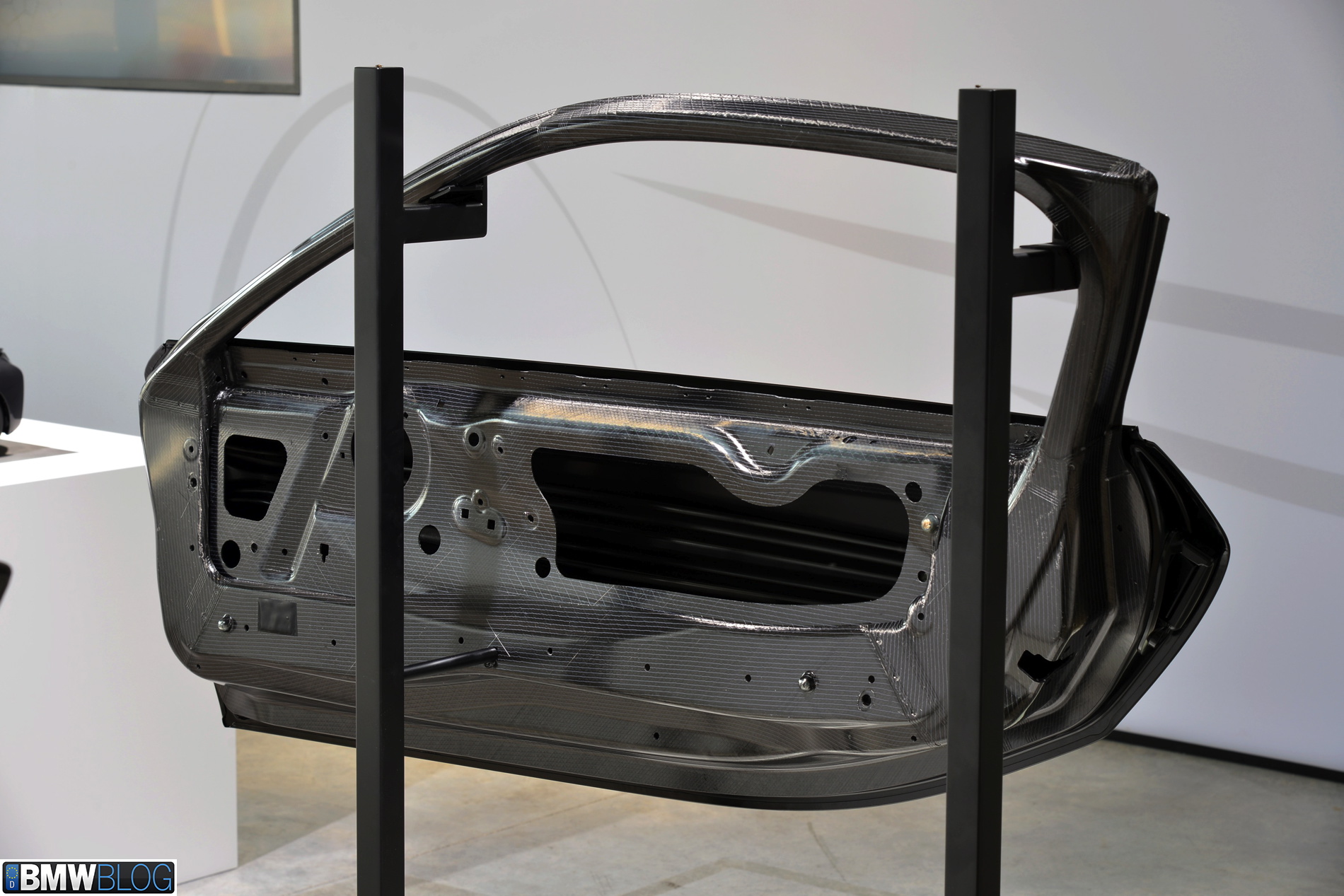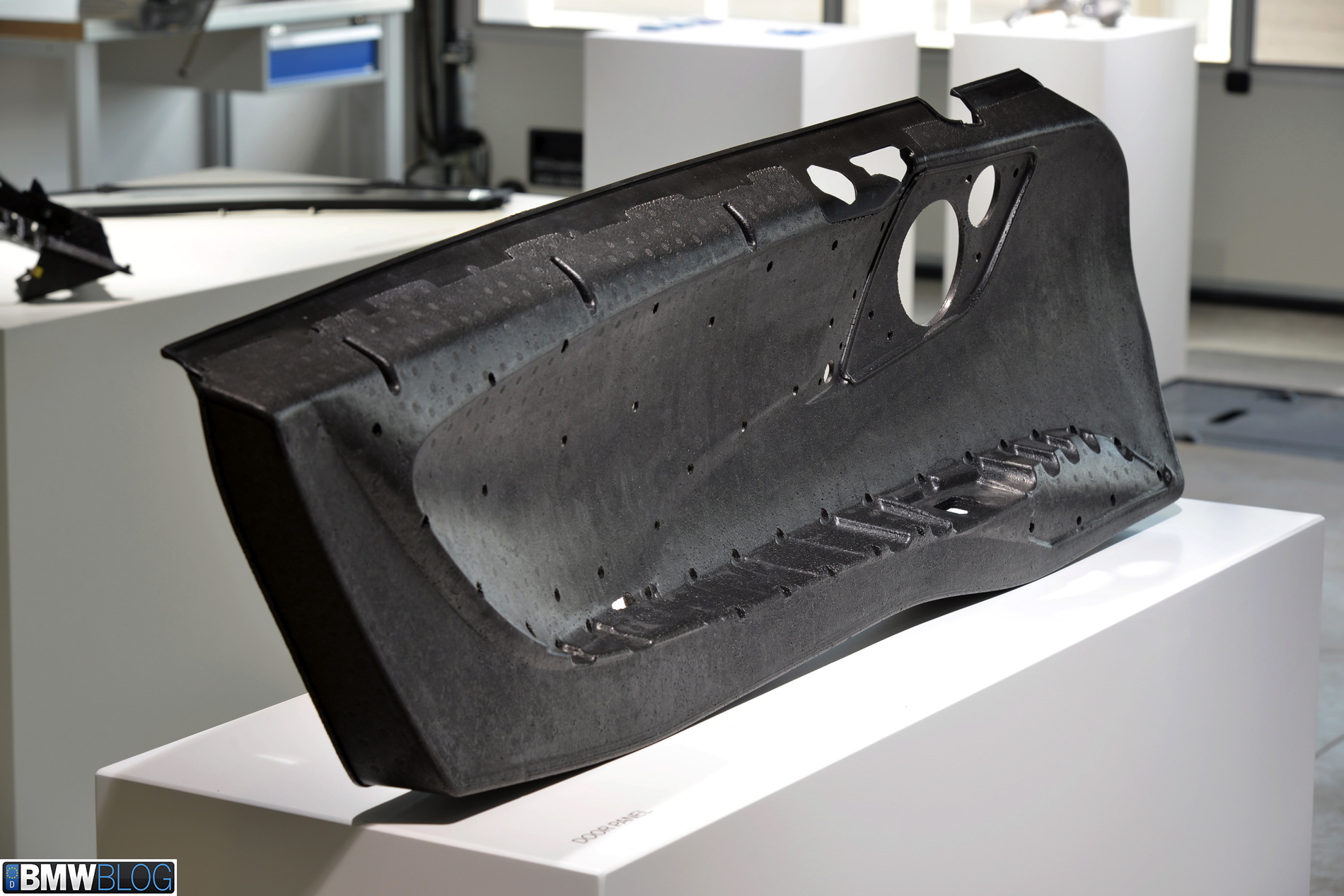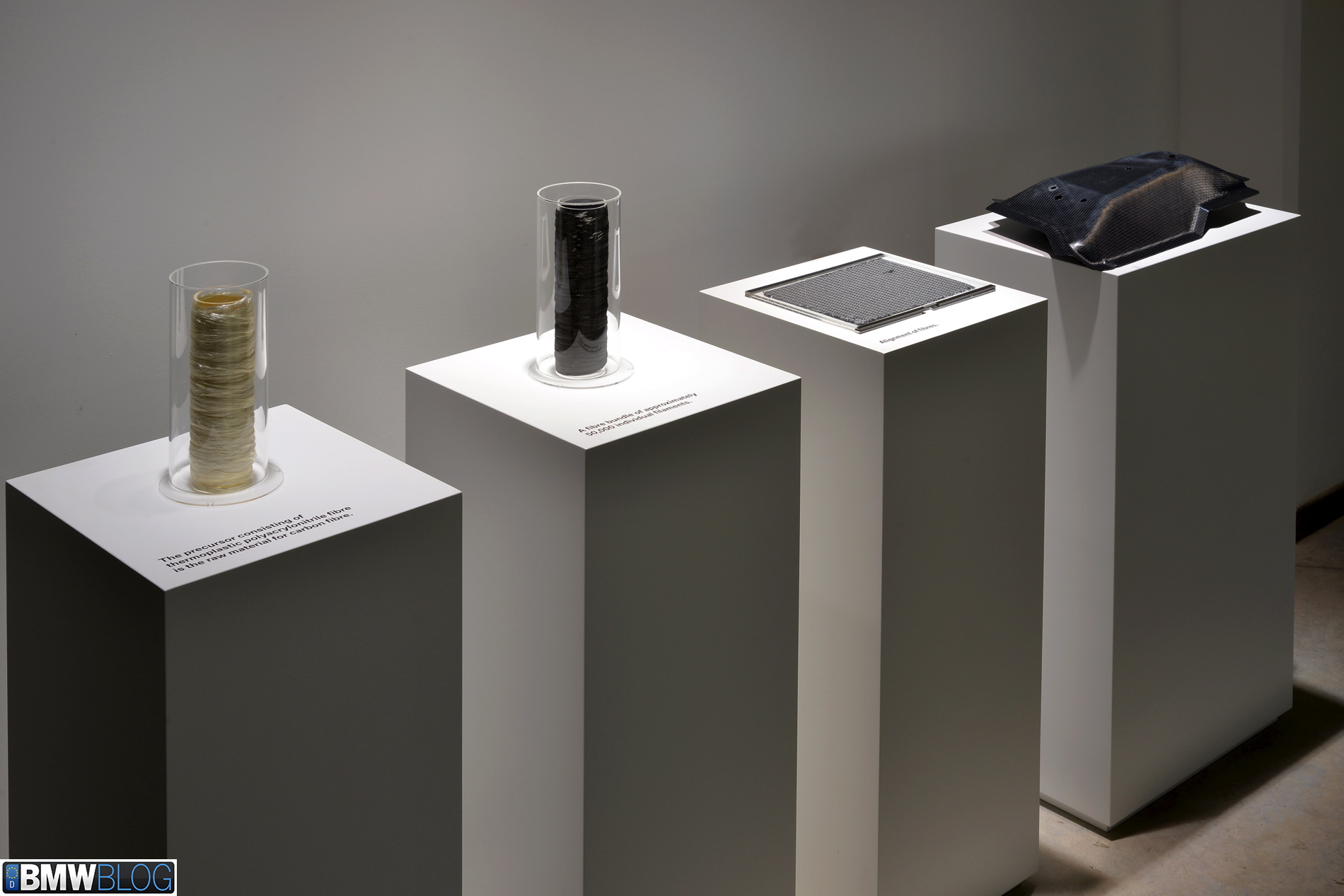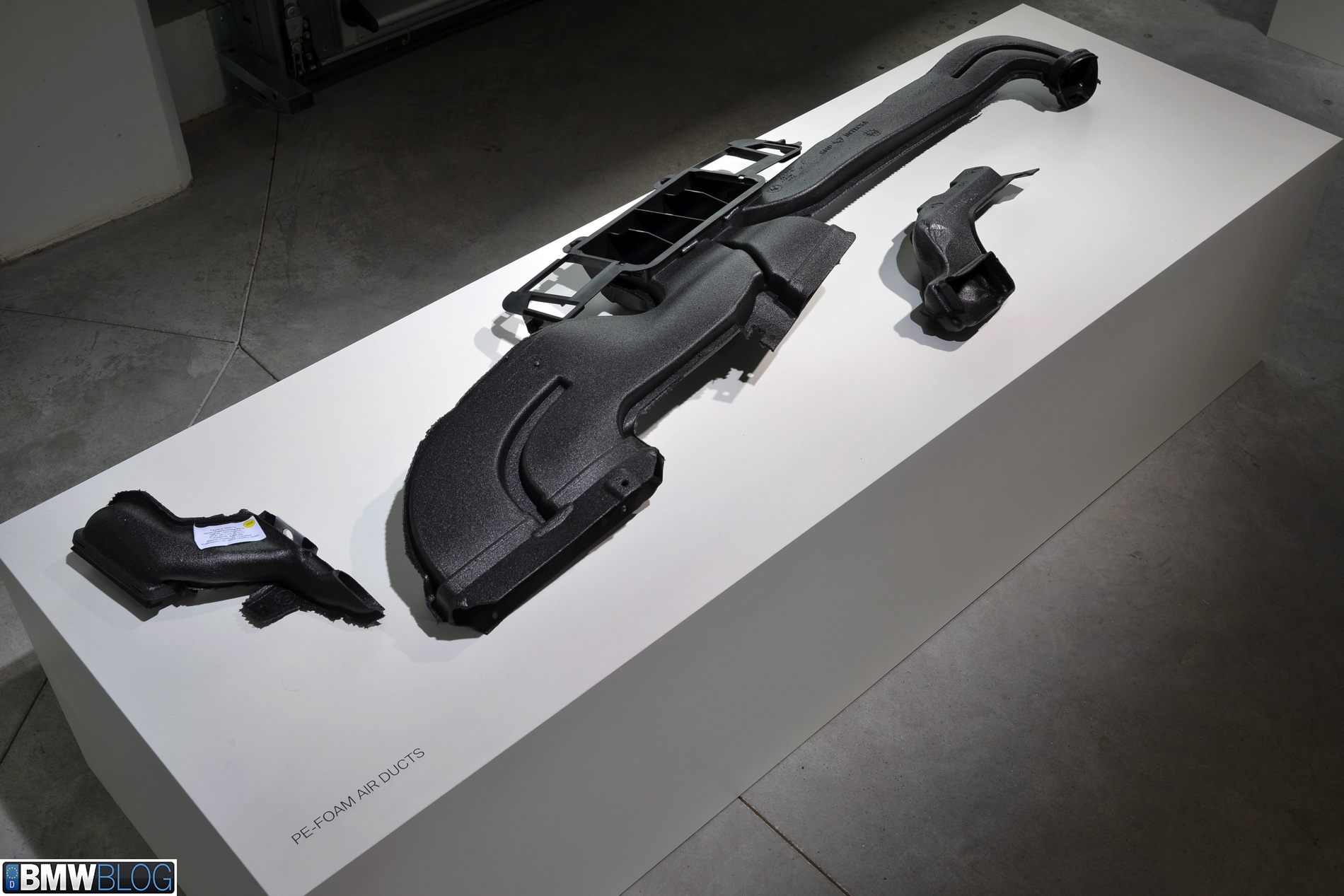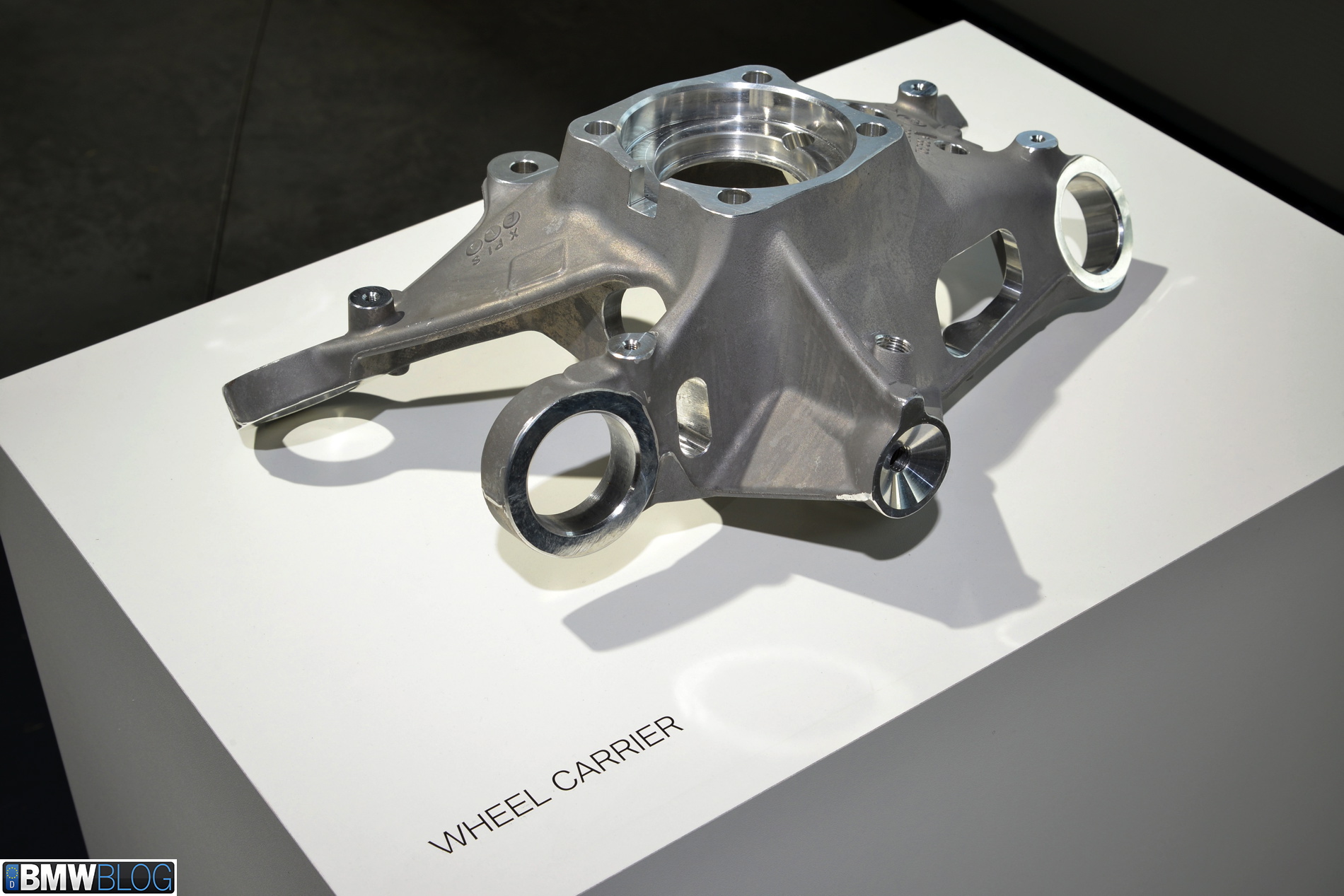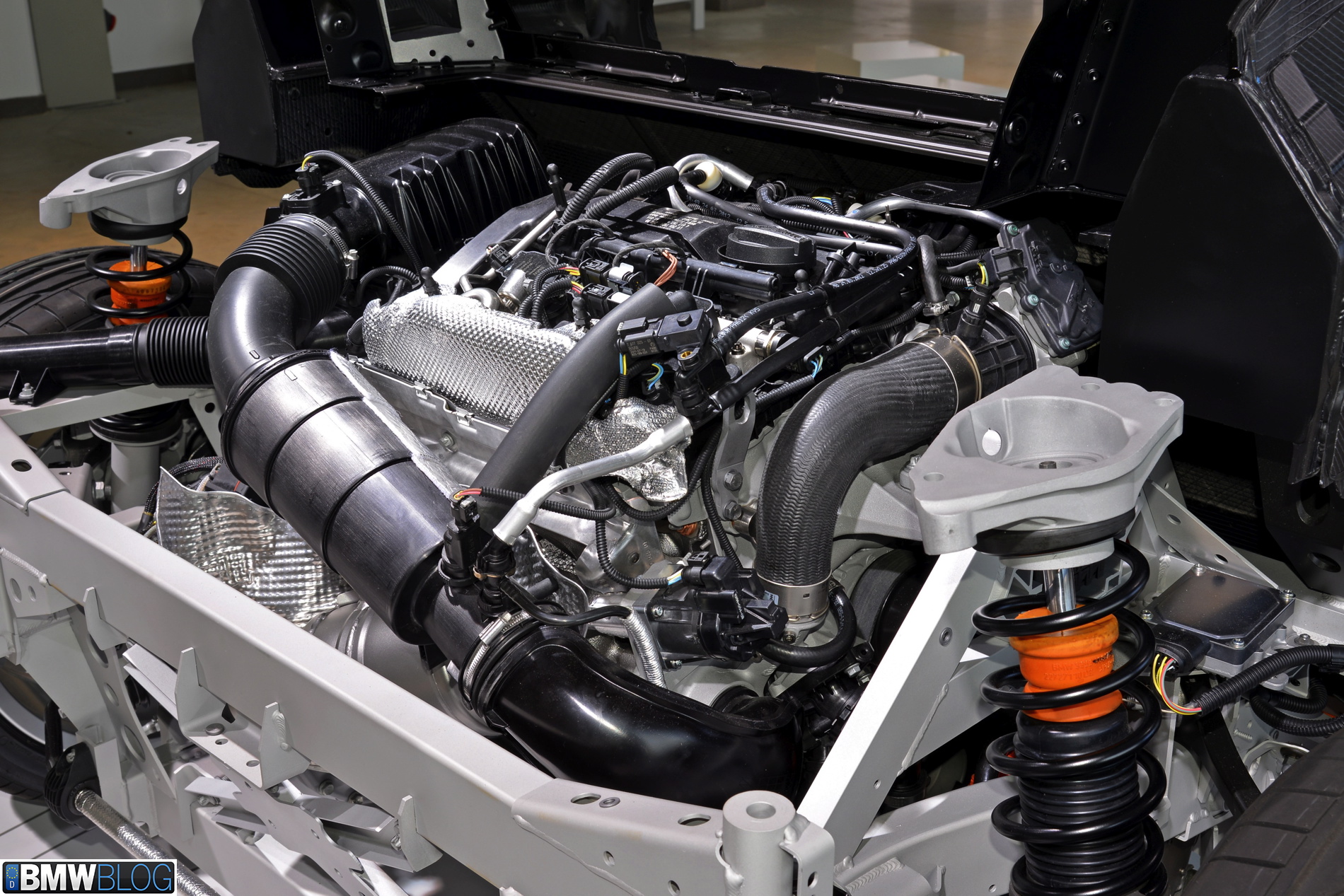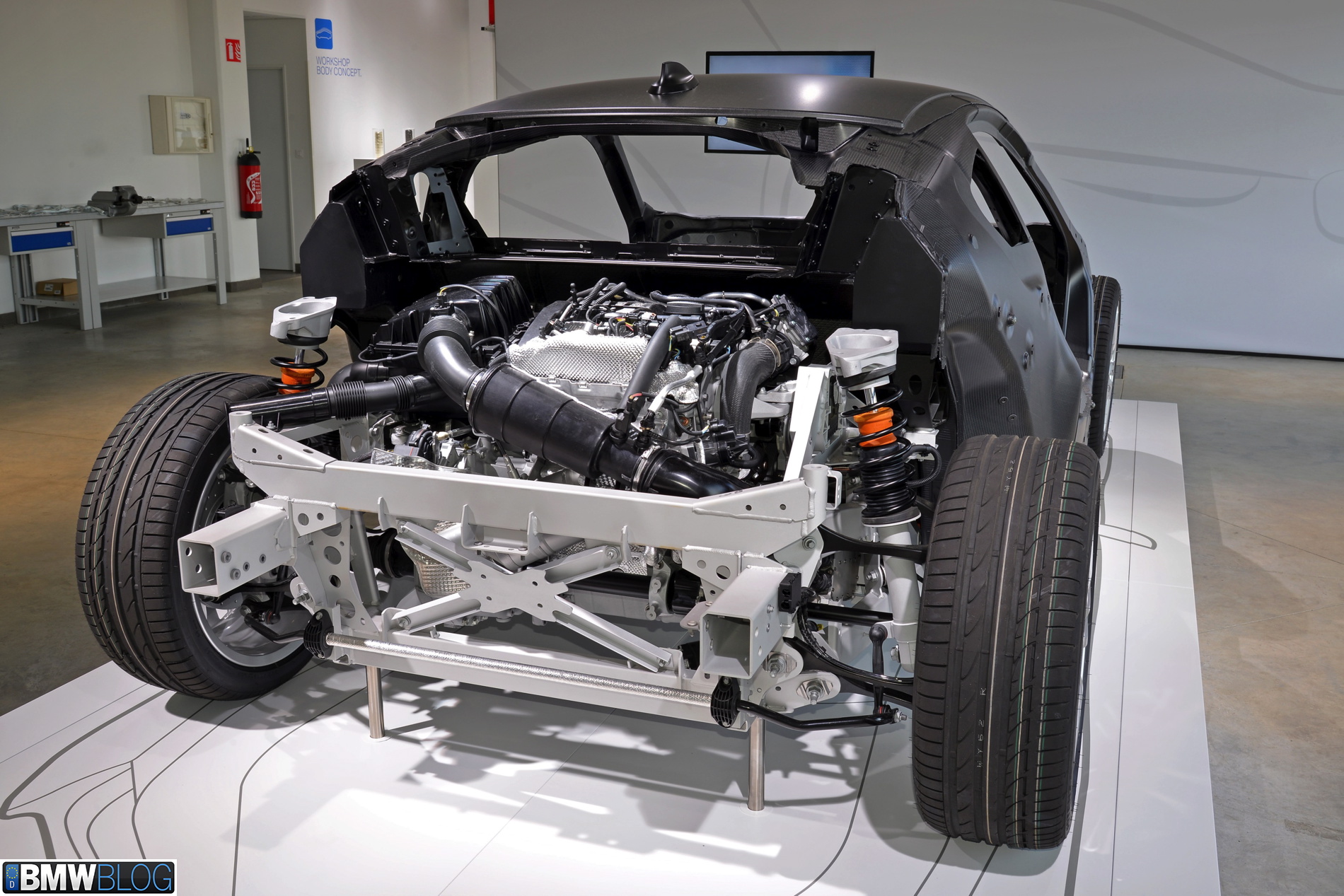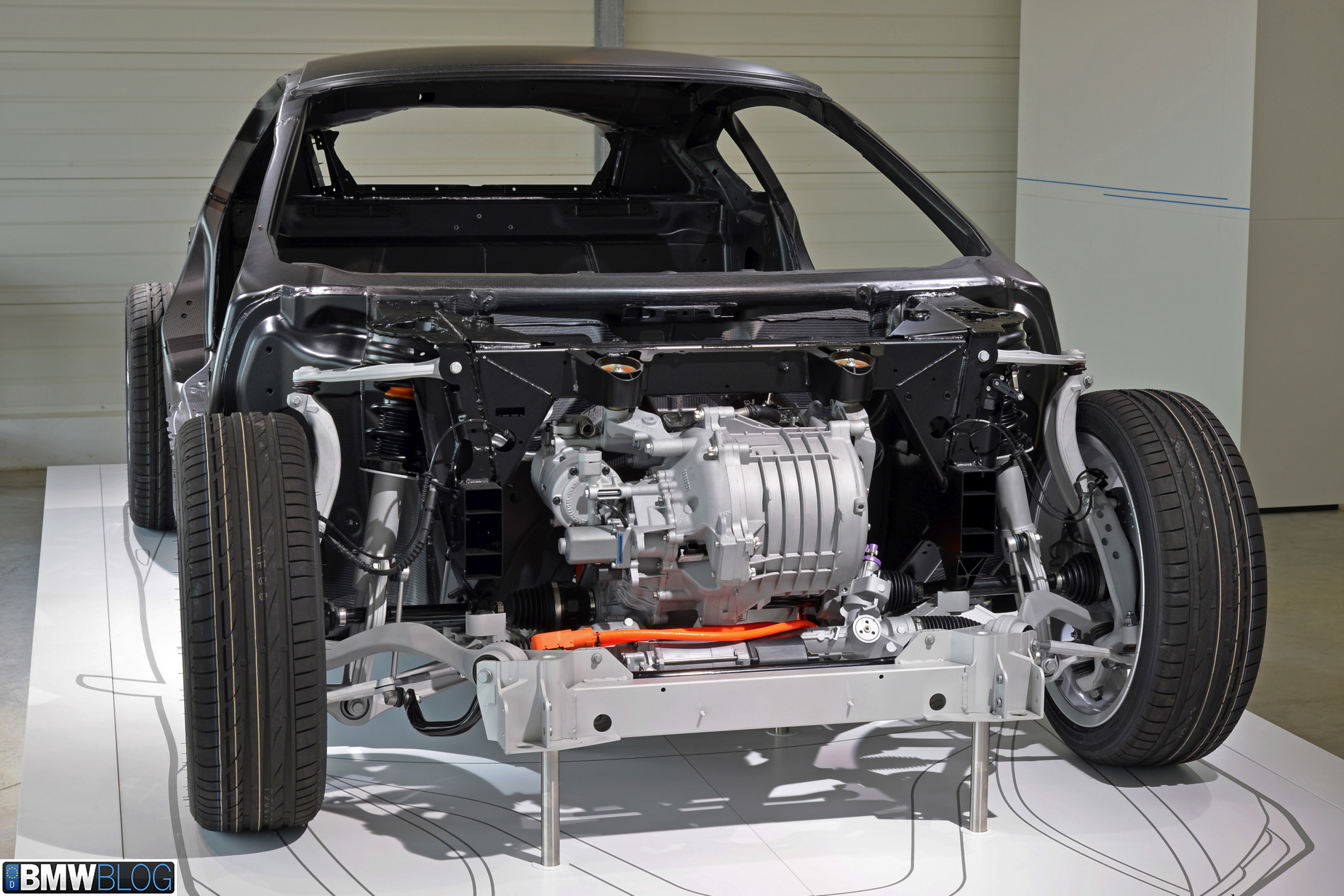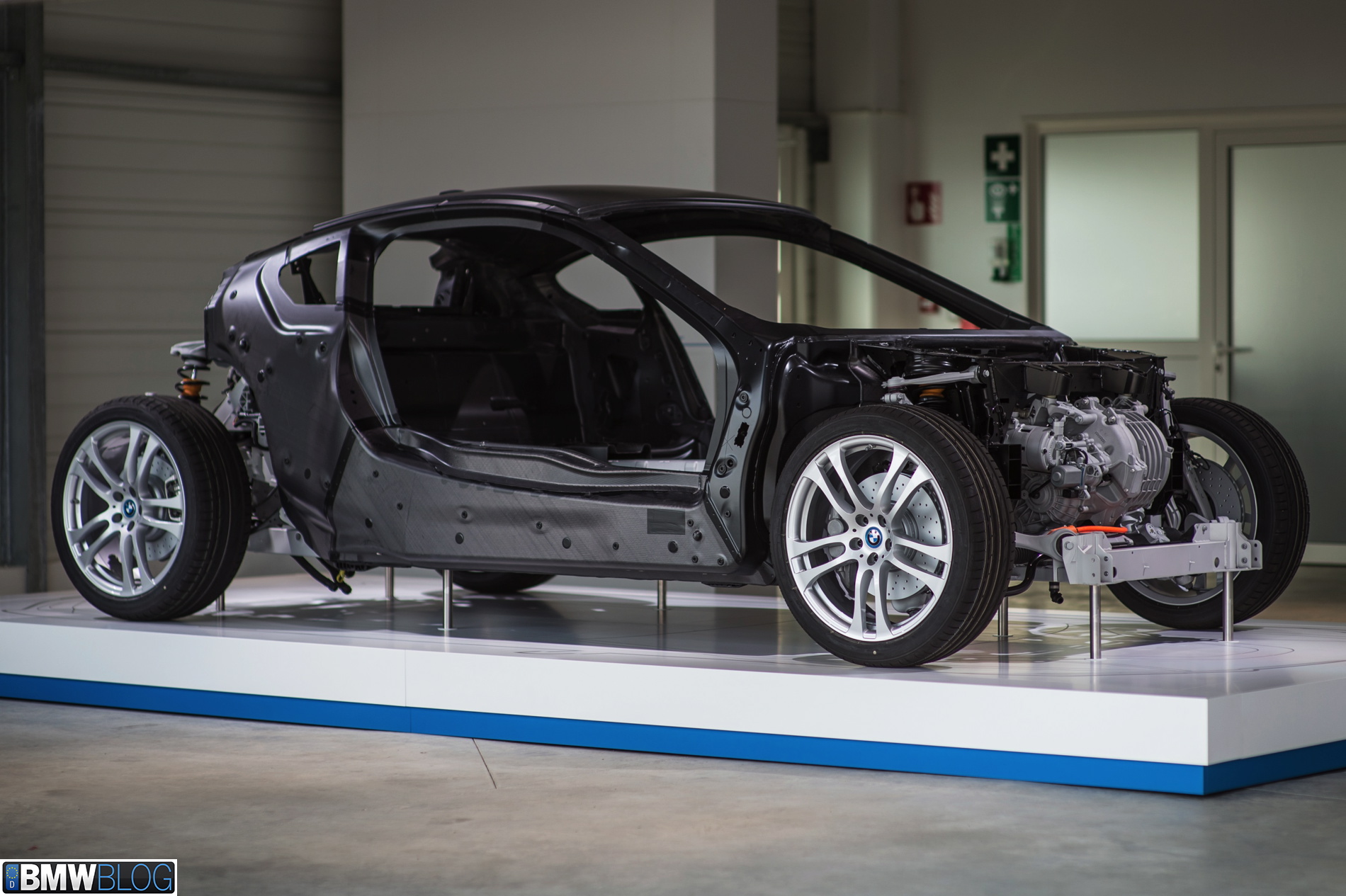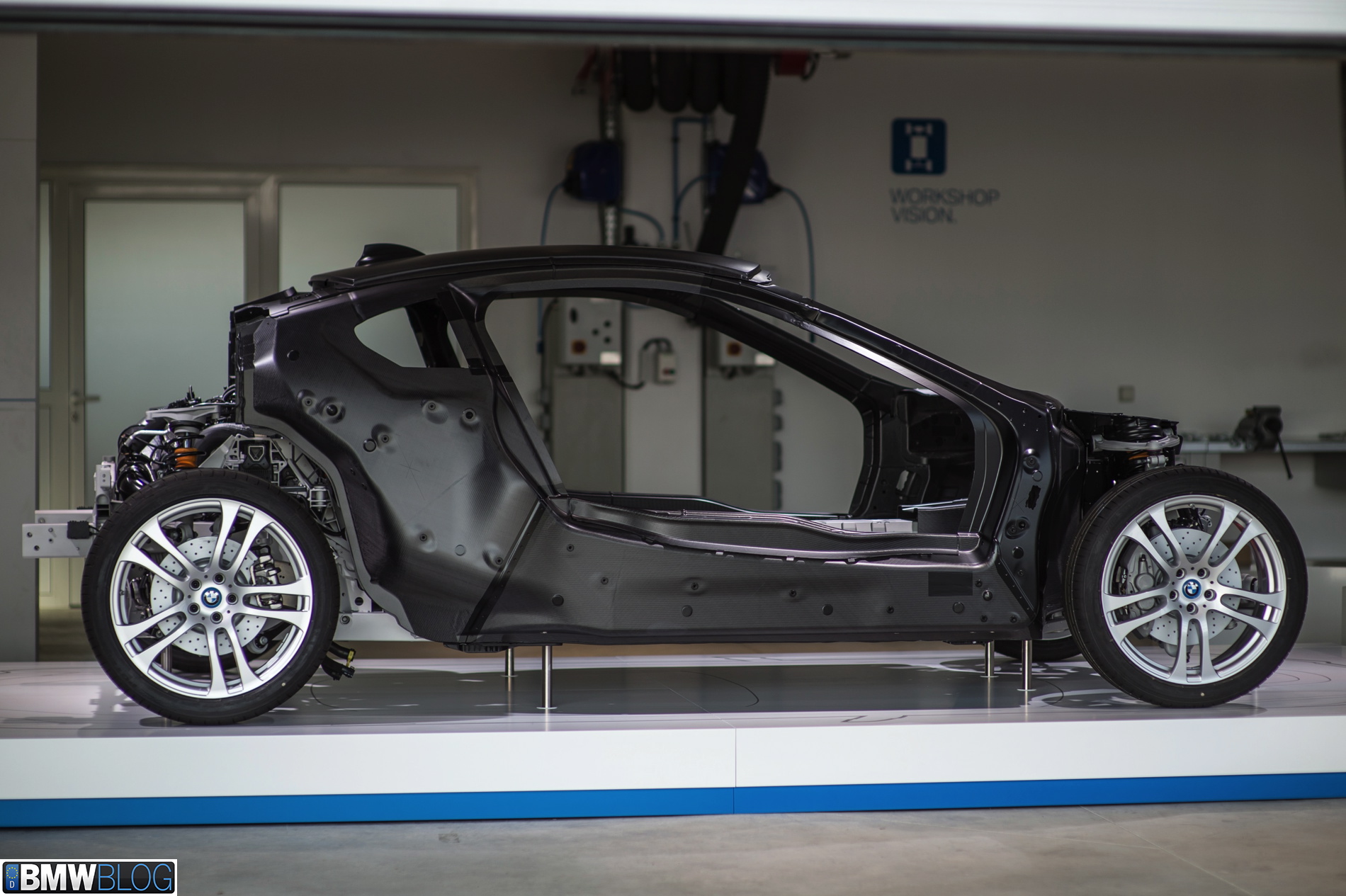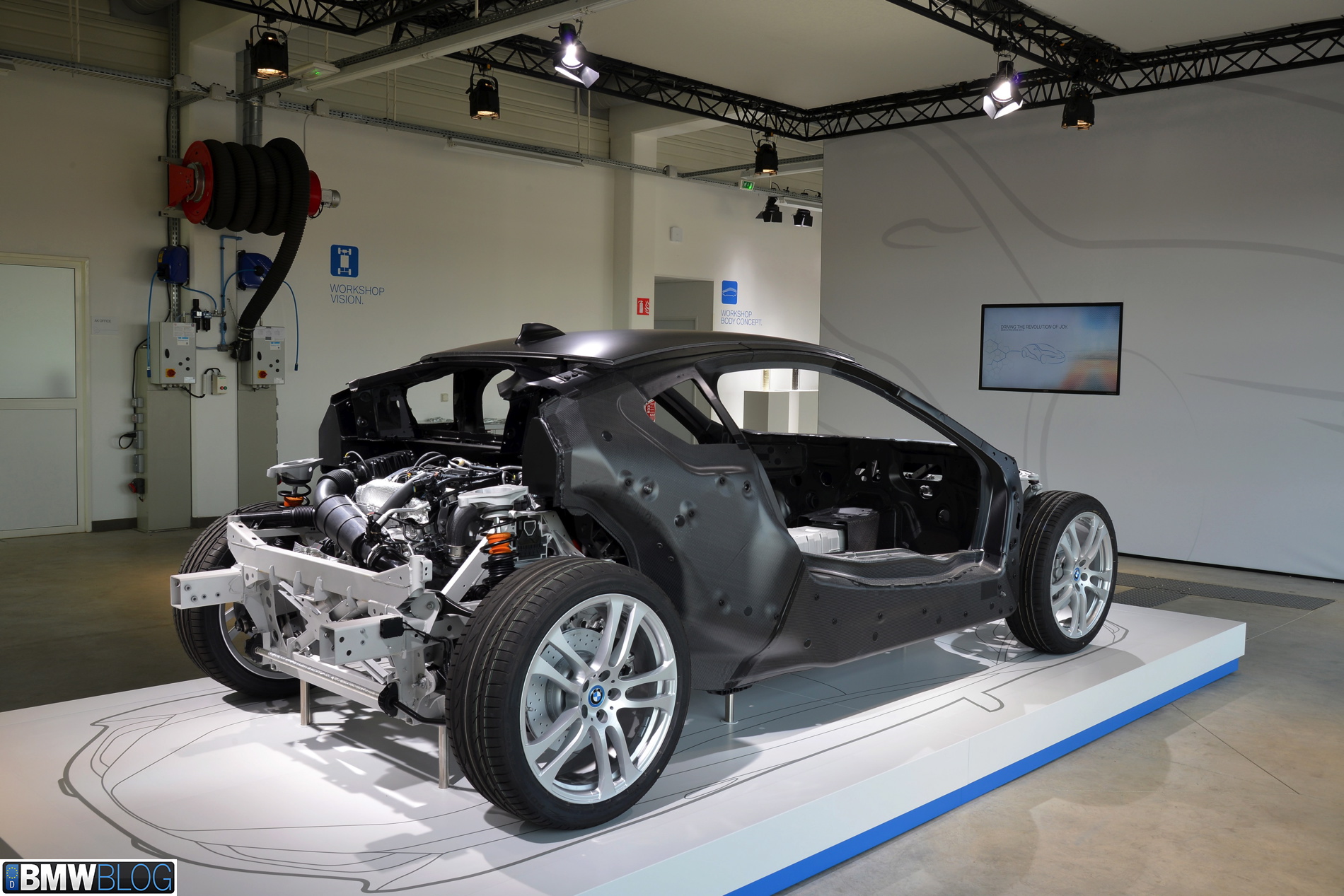BMW i8 hybrid sports car ready to take on even the Porsche 911 Carrera 4S.
With the new BMW i8 emerging under the BMW i sub-division, the Munich-based automaker enters a new market, in some ways unexplored by anyone before, and aims to set the bar really high for those that will follow.
Labeled and marketed as a “progressive sports car”, the BMW i8 screams of high-tech that combines the knowledge of “Ultimate Driving Dynamics” with the power of advanced technologies. And by advanced tech, we are not simply referring to the electronics, but also to the CFRP knowledge and futuristic design.
At a recent event in Miramas, France, BMWBLOG had the opportunity to test drive a pre-production version of the upcoming BMW i8. The secret test facility in Southern France reminded us of one of those old French fortresses where behind closed gates BMW is continuously testing their prototypes before unleashing them onto the wild where all the spy photographers are waiting for a sneak-peak.
Behind those gates and with our cameras tightly kept inside our bags, we were greeted by three BMW i8 prototypes dressed up in the now iconic BMW swirl camouflage, only this time in the white-blue combination. Clearly a branding statement in regards to the BMW i colors.
By masking both the exterior and interior, BMW made a point that this event is all about the driving experience and the design shouldn’t distract us from that. And they were probably right, the BMW i8 Concept is so polarizing that it’s easy to find yourself lost in the layering design and supercar-like proportions.
Technology – The Heart Of The i8
While in many reviews we labeled the amazingly powerful BMW engines as the “heart of the beast”, or some variations of that, in the case of the BMW i8 the full technology solution is what makes the progressive sports car so special.
Let’s start with the carbon-fiber and aluminum used across almost the entire structure of the car.
First, we have the Life Module, a carbon-fiber-built passenger cell that offers a 2+2 seating configuration with excellent crash performance and weight savings of 50 percent over steel and around 30 percent over aluminum. Next, the butterfly-style doors are made also out of CFRP and reinforced with aluminum, a move from the glass doors seen on the concept which for several reasons were seen as not beneficial for the production car.
The hood is made of aluminum while the bumpers and fenders of a one piece composite plastic with different sections painted in different colors. Beside the layering visuals given by the different colors, this will also help with the repainting process of only certain surfaces, if needed.
Now how about some Apple tech transferred onto cars? BMW engineers say that the i8 will be the first production car to use “Gorilla Glass”, the same as used on iPhones and iPads’ screens. The special glass will be used for the rear window for sound absorbing.
All these weight savings techniques bring the i8’s curb weight to just 1,490 kilograms, 200 kg lighter than the M3. An impressive figure that made us wonder if the i8 will be faster than the more powerful M3. But more on that later.
With the i8 BMW also introduces into production their new B38 1.5 liter three-cylinder petrol engine. We have previously tested the “baby-six” in a 1 Series Hatchback and we were quite impressed with its abilities. The little but potent combustion engine is transversely mounted behind the cabin and delivers 228 horsepower and 236 lb ft-of torque. That’s 152 hp per liter, an impressive figure by any standards. BMW engineers confirmed that there is room for a bit more power, but the current level delivers the best efficiency.
Power is sent to the wheels via a six-speed automatic gearbox and a conventional torque converter.
At the front, but closer to the wheels, BMW placed an electric motor developing 129 horsepower and 184 lb ft-of torque. This is the same electric motor as in the BMW i3 but with less power (170 hp in the BMW i3). The electric motor drives the front wheels via a GKN two-speed automatic gearbox which always run in first gear while in eDrive mode but switches directly to second gear in the mixed modes. The energy is drawn from a 5 kWh lithium-ion pack placed along the central tunnel right behind the electric motor.
An additional e-motor is placed in the rear adjacent to the combustion engine. It produces 13 hp and 81 lb-ft of torque and while it can provide additional power to the rear wheel, BMW says that it’s main functions are to recharge the battery, start the combustion engine and in hybrid mode to smooth out power delivery and match up the revs when switching driving modes. Therefore the typical lag mode found in hybrid or combustion setups is removed.
All these add up to a combined 357 horsepower and 420 lb-ft of torque, 44 percent of it available from the moment you floor the throttle.
BMW i8 sits on 20 inches aerodynamically designed wheels, 7.0 inches wide at the front and 7.5 inches wide in the back. The wrapper around the wheels are 195/50 and 215/45 tires, in standard form, but the car we drove used 215/45 and 245/40 tires. Even with slimmer rubers, the large contact patch offers maximum cornering stability.
Battery Tech
Before jumping on the driving experience, let’s spend a bit of time on the battery technology, probably one of the most important components in today’s electric vehicles. The battery technology is developed in-house by BMW with cells sourced from Samsung, which used to be in bed with Bosch before their split-up. It has a liquid cooling system and can be recharged at a conventional household power socket, at a BMW i Wallbox or at a public charging station.
The battery has a 7.2 kilowatt/hour capacity out of which only 5 kW/h is utilized, therefore extending the life of the battery. In the US a full recharge takes approximately 3½ hours from a conventional 120 volt, 12 amp household circuit or approximately 1½ hours from a 220 volt Level 2 charger.
Most concerns with batteries in electric vehicles revolve around the exhaustion of usable battery. What does it happen if the owner doesn’t plug it in at all and for months it just runs on gasoline? BMW says that several battery guards have been put in place, including a way for the car to send a message to both the customer and the dealer informing that the battery needs to be recharged. BMW also says that several mode of communications will be used and the local dealer can even offer a trip to the customer with a mobile charging station.
Performance Of An M3, Driving Dynamics Of A BMW
The moment of truth has come. All those years of concepts teasing and on-paper performance will come to an end and after a decent drive time we will be able to see if the BMW i8 lives up to its Progressive Sports Car label.
Sliding inside the car is different from any other BMW in the current and previous lineup. The i8 has the lowest ground clearance in the family and it features the butterfly-style doors that make it challenging for a 6″2 (1.88m) tall guy to slide in. But BMW engineers say that after 20 min the entire process become a walk-in-the-park. Well, not sure they have that expression in German, but something along those lines.
Like the i3, the BMW i8 comes with different driving modes: Comfort, Sport and ECO PRO. An eDrive mode places the car in full electric mode with a range of 35 km and a top speed of 120 km/h. The other three modes use a combination of electric and gasoline propulsion, but as with the other BMW models they come with different damping and throttle mappings. Even the steering wheel feel is being adjusted from one driving mode to another.
Luckily the the electro-mechanical steering system comes from the X3 SAV, a model that in our opinion has better steering feedback than the 5 Series Sedan. Of course the BMW engineers have further refined it for the i8 and that was proven in our test drive.
Upon pressing the typical BMW start button the BMW i8 goes by default in Comfort driving mode. With the battery at 59%, the mode kicks off on solely electric power until you reach 65 km/h (40 mph) then the petrol engine kicks in and instantly delivering more power and agility.
After kicking the car around a bit in Comfort we’re ready to take on the next level. Hands on the paddle shifters, SPORT mode engaged and the full power of the car is now under your control. With its innovative hybrid system the i8 responds promptly and aggressively to the sporty shifting delivering an in-cabin sound with a deep-heavy thrum acoustic that makes it sound more real than it is. Yes, the BMW i8 also uses the controversial Active Sound technology as seen first in the new BMW M5.
As we mentioned earlier, each mode comes with its own settings and as expected the SPORT driving mode is the one that shows the true capabilities of the car. The basic characteristics of a sports car are there: low center of gravity, great cornering, limited body roll and confidence.
We essentially flew through some corners where the weight of the car showed us how important lightweight remains in performance cars these days. The i8 planted itself onto the tarmac while the tail wiggled a bit, especially when DSC was off. One thing we have noticed is some slight understeer on some sections of the track (the glass-smooth surface could be at fault), but BMW says some slight work in the tires department might remain to be completed before the market launch.
The steering wheel feels great and the road feedback is present, increasing our confidence in the car’s abilities and ours as well.
In the ECO PRO mode everything becomes softer. The handling is less aggressive while the air conditioning operation is altered to improve efficiency. While in Comfort mode BMW estimates a range of over 310 miles (500 km) with a full tank of gas and a charged battery, the ECO PRO mode can extend that by up to 20 percent. The ECO PRO mode can also be used during all-electric operation.
The regenerative braking does its job as well. With the BMW i8, the system generates about 40 percent by just lifting off the gas pedal.
After a few laps and some backroads driving in all these three driving modes, the electric batter charge actually went up 5% to 64. But running purely on SPORT mode for a few hot laps will certainly lose the same amount of charge, and more.
Last but not least important, the eDrive mode which is activated with the push of a button. The i8 goes into a near silent mode and that 184 lb-ft of torque becomes instantly available. When fully charged, the BMW i8 runs up to 35 kilometers (22 miles) on electric power only with a top speed of 75 km/h (47 mph).
The estimated combined MPG is 95 mph, but BMW says that each mode and the driving habits will dictate the final number.
We asked BMW what the 0 to 60 mph times are for all the driving modes and the answer was :
- 0-62 mph pure electric: less than 4.5sec
- 0-62 mph full system: less than 4.5sec
- 0-62 mph system running on just gas with no battery: not available
BMW seems to be fairly conservative with their estimations so we expect to see a 0 to 62 mph time closer to 4.3 seconds.
Is The BMW i8 For Me?
Are you an early adopter? Do you love the greatest and newest tech? Looking for a sports car with the green aura all around it? Do you love attention? And most importantly, can you shell out over $125,000? Then without a doubt the BMW i8 is a car that goes on your short list. BMW keeps pointing out the Porsche 911 Carrera 4S, so in their mind at a similar price point the two cars are sharing similar performance, but with the caveat that the BMW i8 is the “new kid on the block.” A cool one we might add.
When it comes to market next year, BMW will play a new ball game with the i8, in uncharted territory that still has many unknowns and almost no historical data points, but one thing we know for sure at this moment: the BMW i8 is a great looking car, it is extremely light and delivers the perfect combination between fast and fun.
Give it a decent base price and the first few units will be sold out in no time. The harder part comes after that.


